Silk is one such material that seems to never go out of style. Associated with luxury and quality across eras and centuries, garments made of silk are the go-to for every formal occasion. Though usually considered to be a highly biodegradable textile, silk still has an impact on our ecosystems.
Spun by silkworms, it is made using a process that typically ends with the worms being killed. In fact, according to PETA, around 3,000 silkworms are killed to make roughly one pound of silk!
It is for these reasons, that sustainability advocates and vegans refrain from buying or using silk-based clothing and accessories. If you’re looking for solutions, here is a list of sustainable silks that you can try, without having to compromise on your style or your beliefs:
1. Cactus aka Sabra Silk:
A completely plant-based form of silk from Morocco, cactus silk is made using a very specific Agave sub-species of the succulent, which grows using minimal water. It does not demand the use of external chemicals or pesticides either. Being crease-resistant, garments made of Sabra silk consume less energy in their consumer phase, making it a holistically sustainable material. Similar to commercial silk, it also mixes well with natural dyes.

2. Lotus Silk:
Similar to the Agave cactus, Lotus plants also require very less water and grow easily without the use of chemicals and pesticides. Lotus silk is made using the long root stems of the flower, using a handmade process. This sustainable way of processing leaves little to no carbon footprint. Local Indian weavers are gradually mastering this art of production, and even though a little high on price, the Earth-friendly nature of lotus silk is slowly leading to its increased popularity.

3. Pineapple Silk:
Pineapple silk (known as Pina) is made using the discarded leaves of the pineapple plant. It is claimed that approximately 40,000 tons of pineapple waste is generated annually. Converting this waste into fibre is not only sustainable but also a highly economical practice. In the Philippines, Pineapple silk is a much-loved choice amongst elite communities. Sarees made of Pineapple silk fiber are now gaining popularity in India, as an Earth and animal-friendly option.
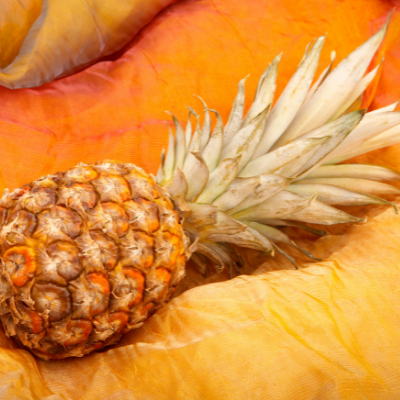
4. Ahimsa/Peace Silk:
Native to India, peace silk was discovered and introduced by Kusuma Rajaiah, a government officer. As the name suggests, ahimsa silk is made using a non-violent method of breeding and harvesting. Regular, conventional silk is harvested in the cocoon stage, while peace silk is made only once the worms complete their metamorphosis into their ‘moth’ stage. No animals suffer in the production, making it a favorable alternative to normal silk for those who prefer pure silk but do not necessarily follow plant-based principles.
5. Soy Silk:
Made from the soybean plant, this is plant-based silk that is made by repurposing the waste generated in soybean cultivation and is completely biodegradable. Soy silk is not a very recent invention and dates back to the 1940s. It is even claimed that Henry Ford once owned a suit entirely out of this fabric. The easy drape, affinity towards color, and adaptability of this versatile fabric has made it a viable alternative for those Indian designers who wish to introduce natural fabrics into their collections.

For fashion enthusiasts, these are just a few out of a wide range of alternatives and options. With slow and sustainable fashion taking over the global textile industry, new inventions and discoveries are being made regularly. From natural plant-based fabrics to even lab-modified sustainable textile, the change in production is multi-dimensional.
Besides sustainable silks, there are now endless skin and budget-friendly clothing varieties to be found locally. Be it bamboo fibre, GOTS certified organic cotton or even Hemp clothing, you can explore from a variety of plant-based, sustainable fabrics that are fit for every season and every occasion.
Check out our extensive collection of ethically made, sustainable clothing curated from certified local brands that are slowly reinventing the face of slow fashion in India here.


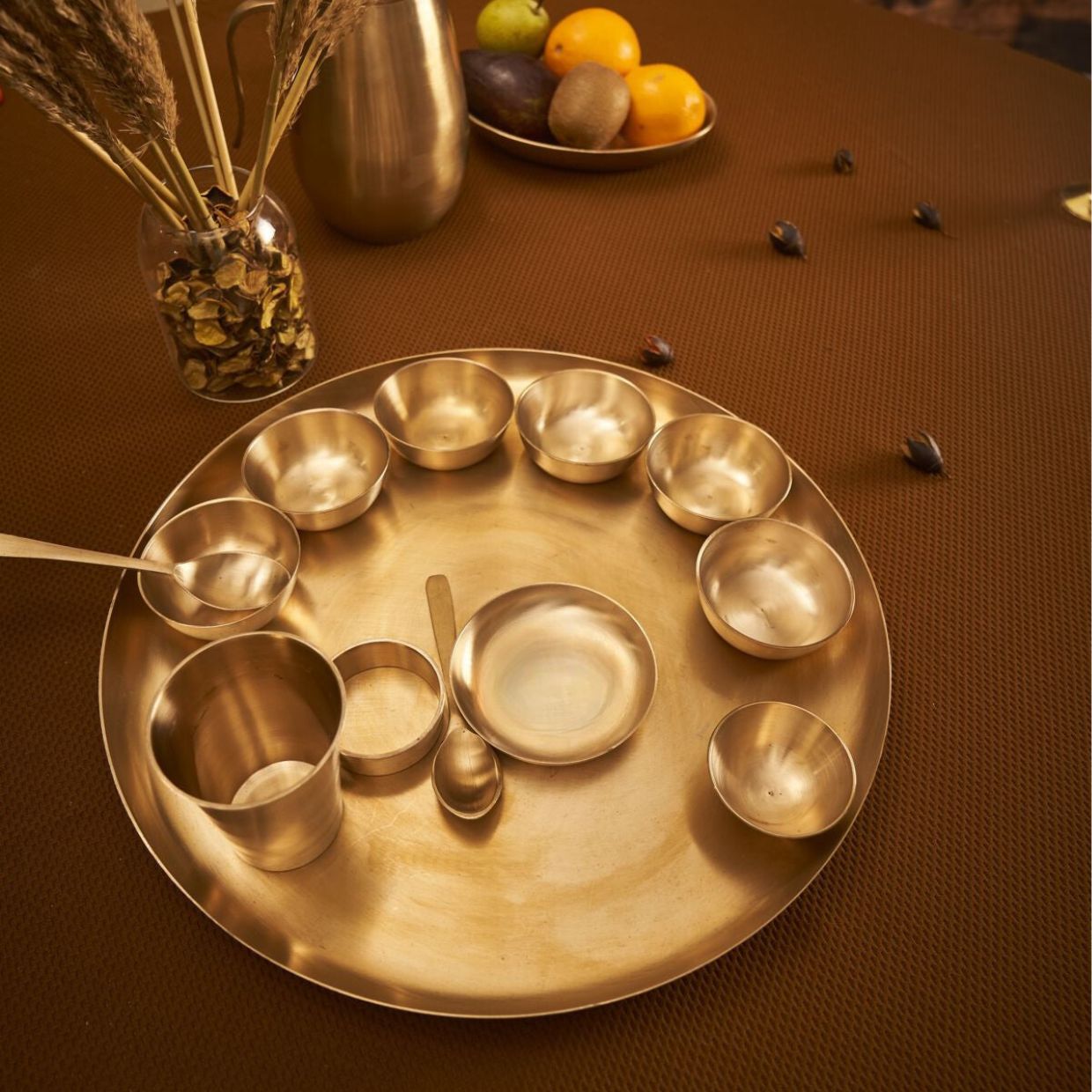
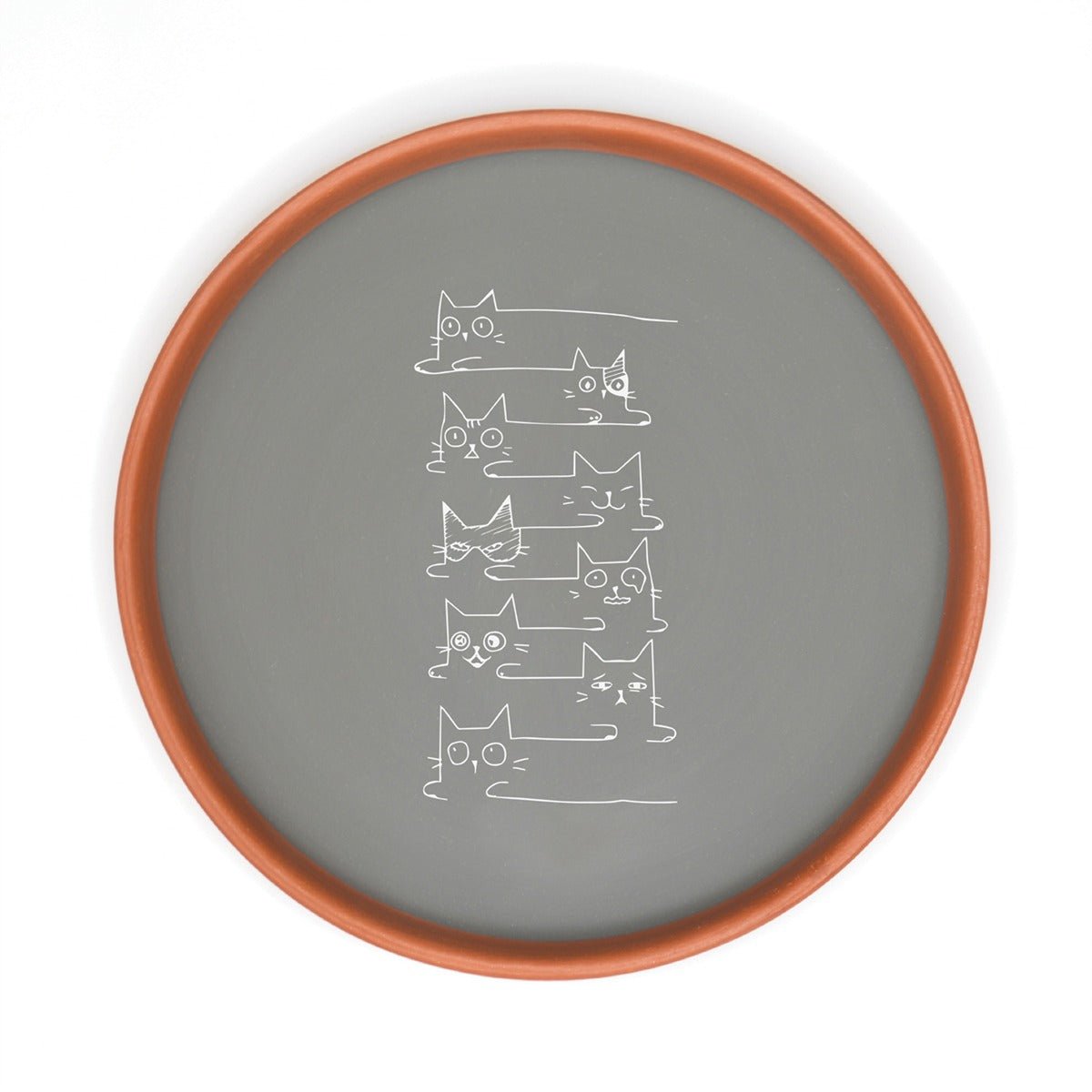
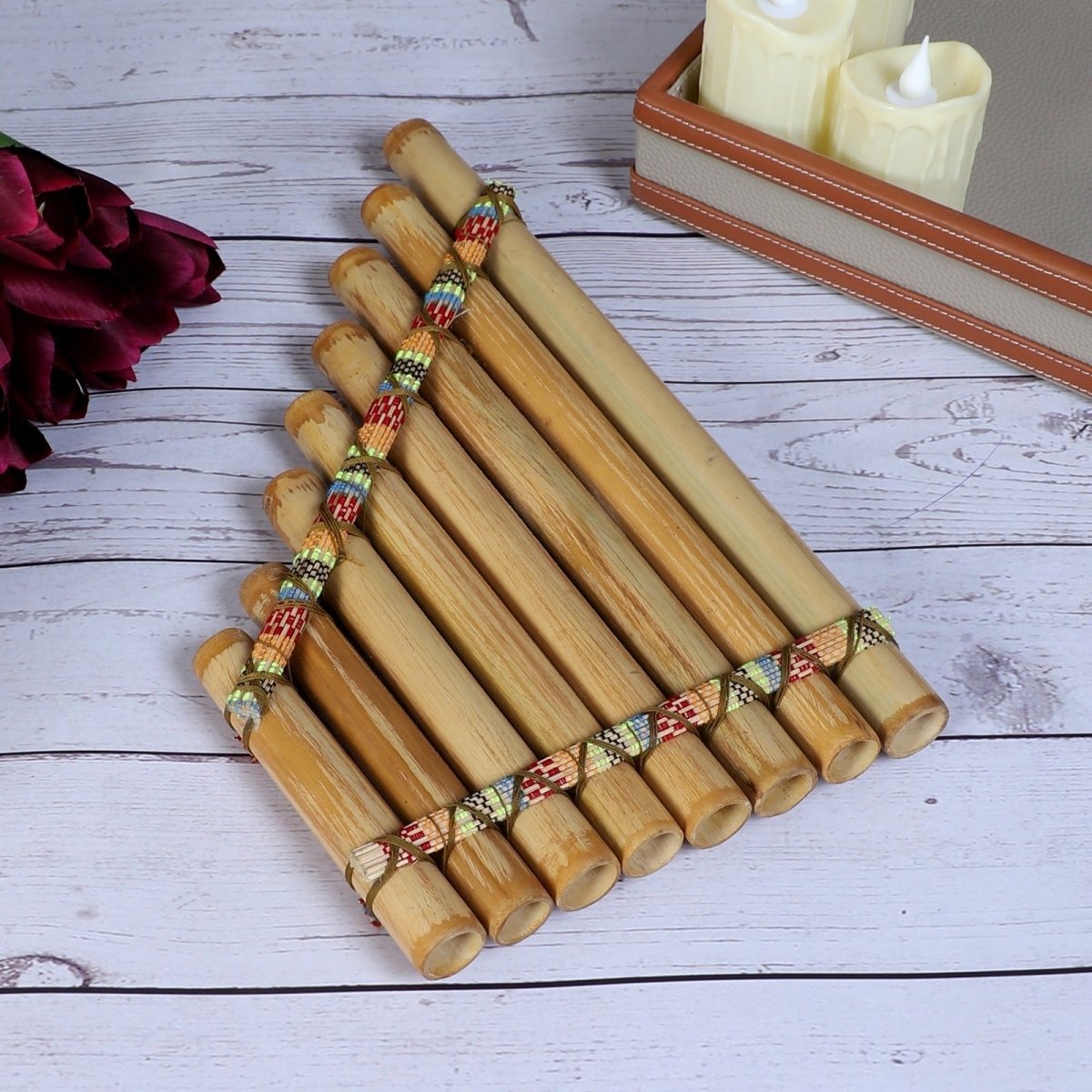


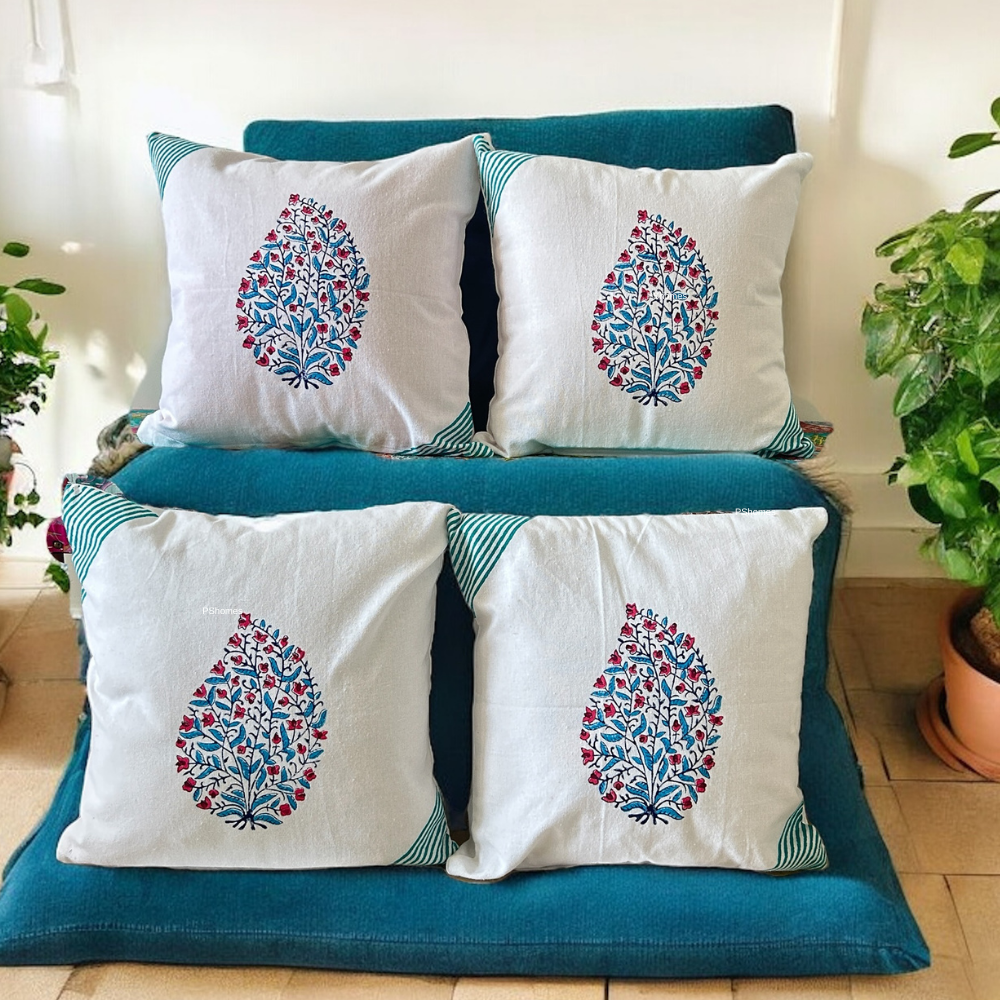
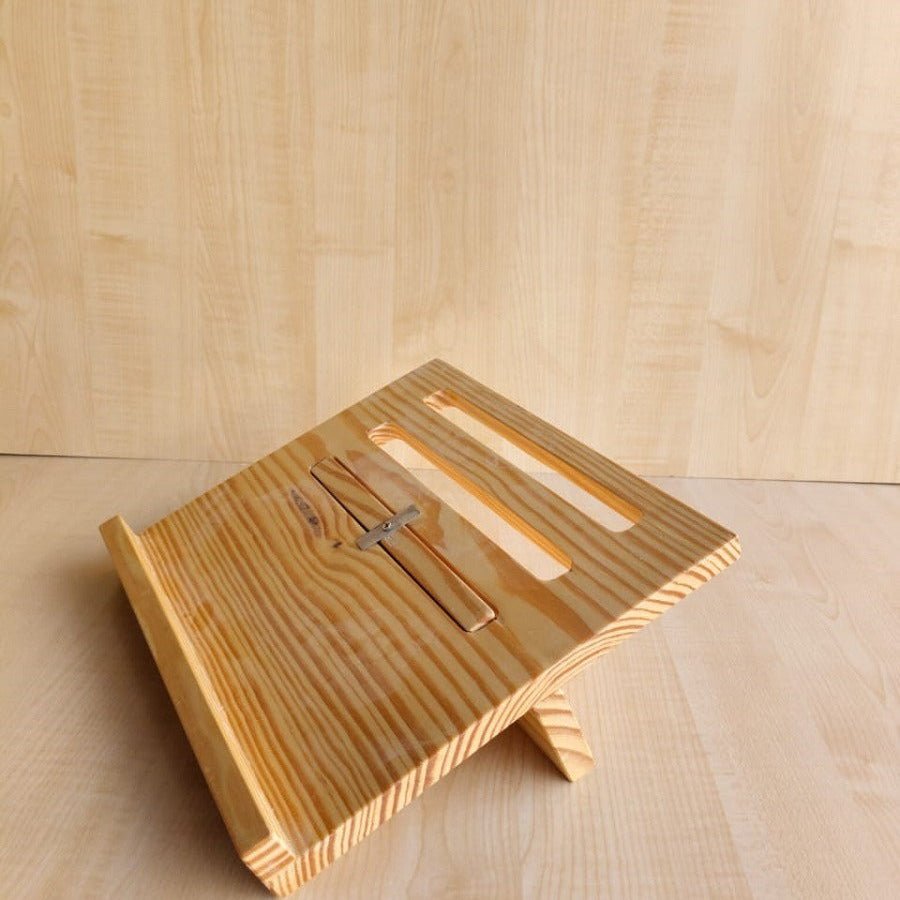
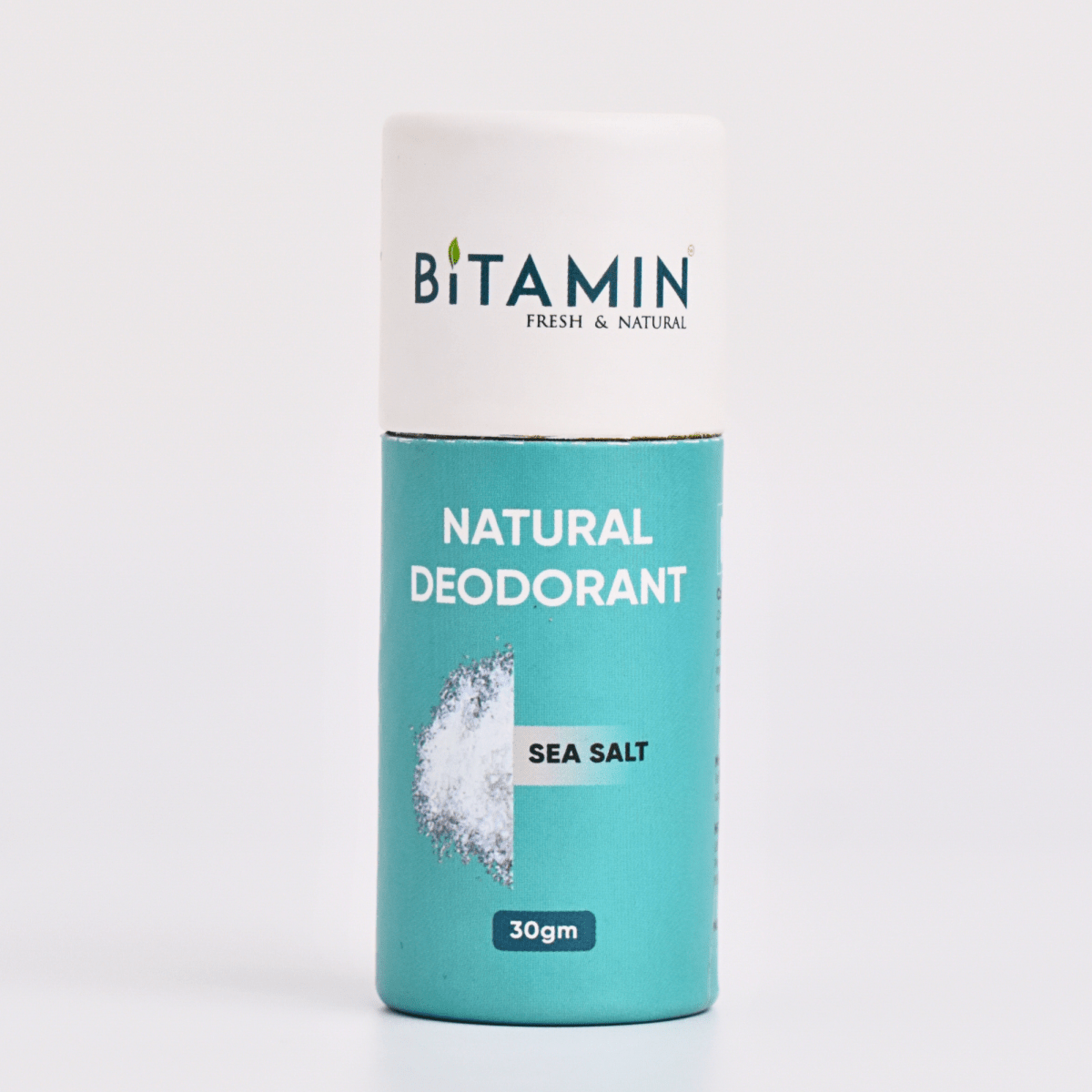
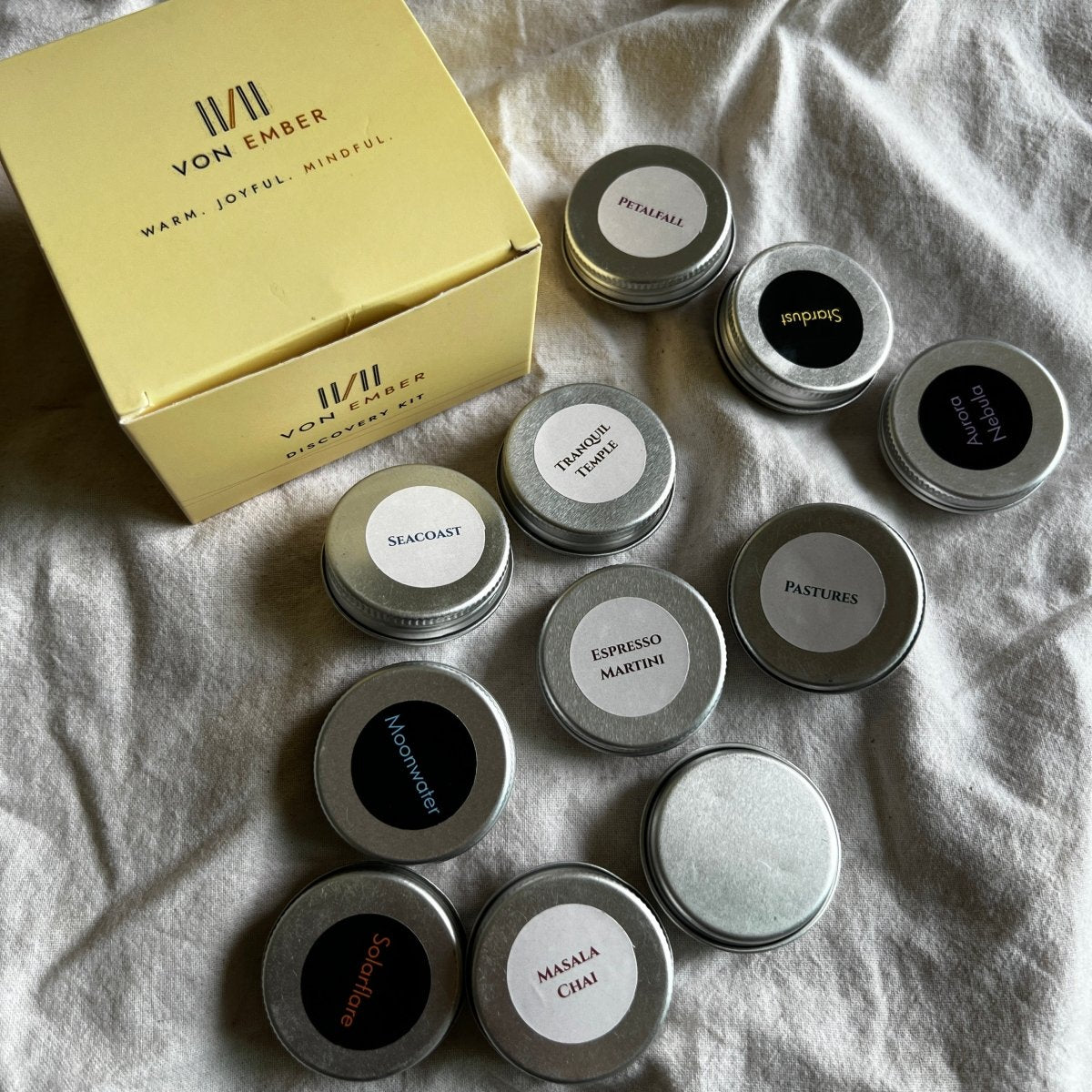
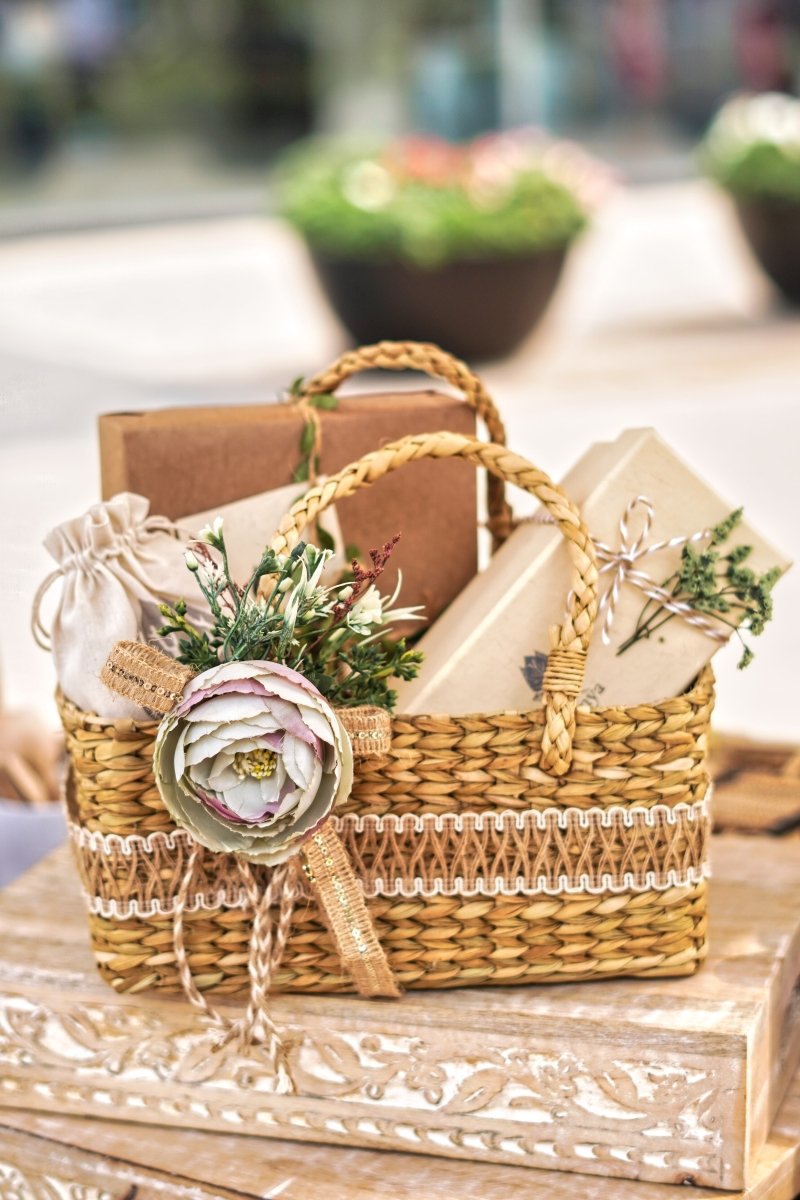
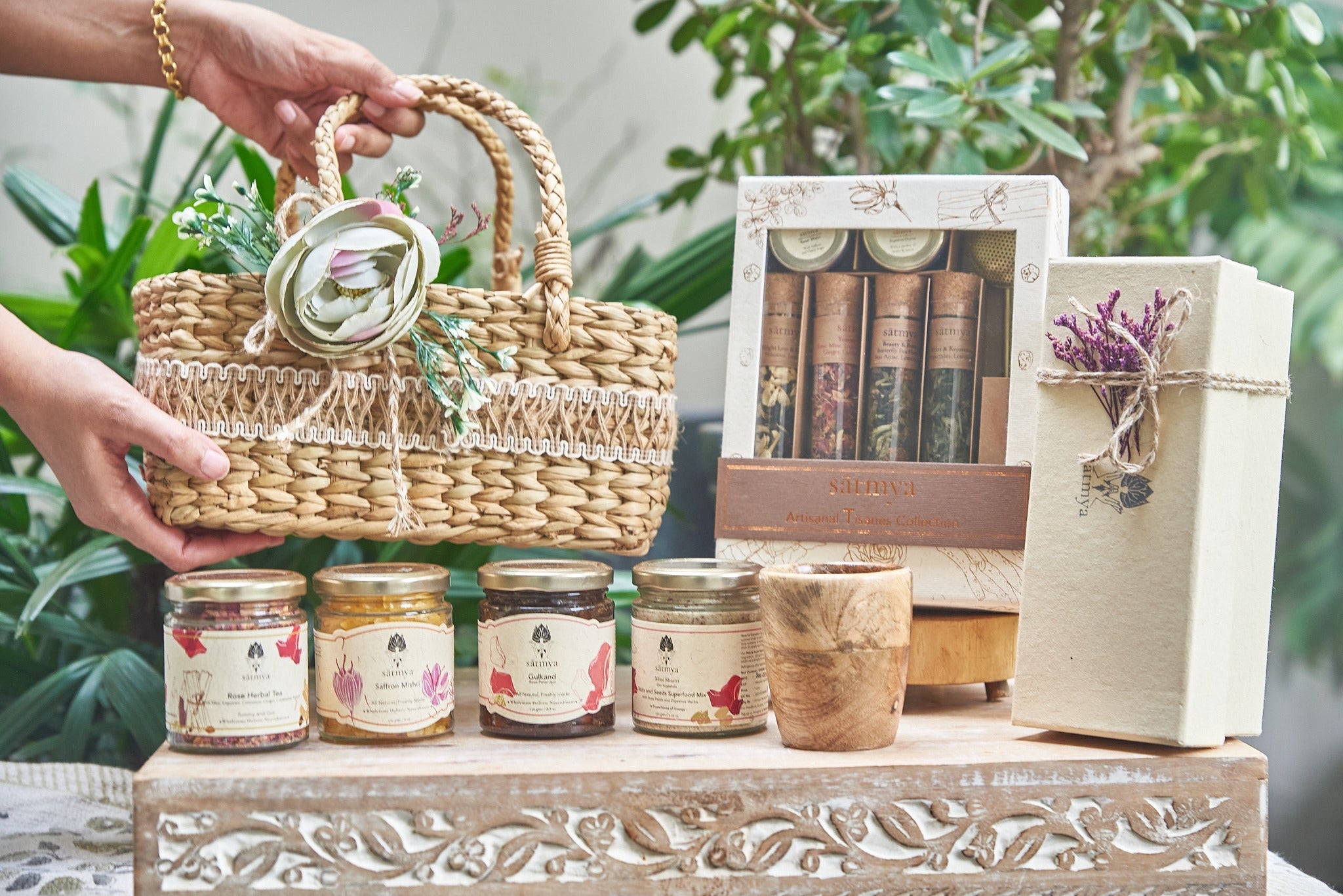
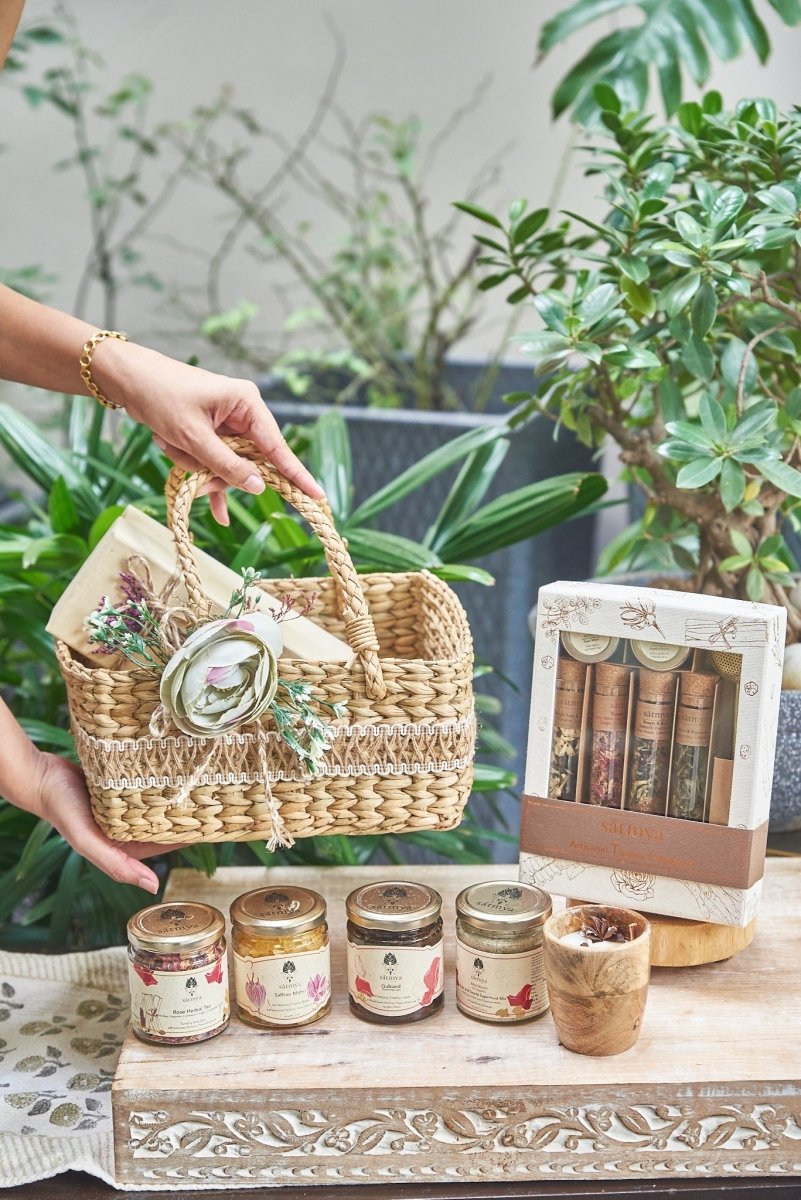
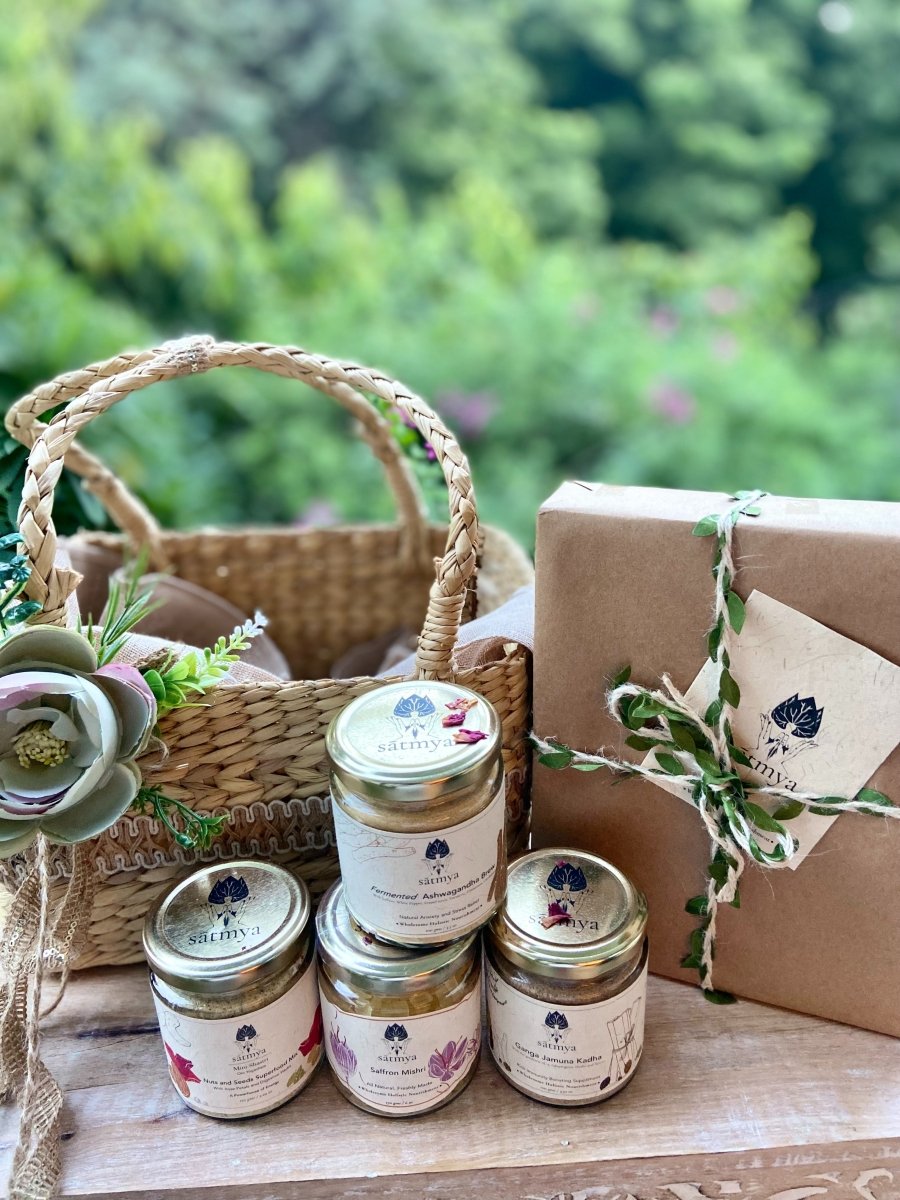
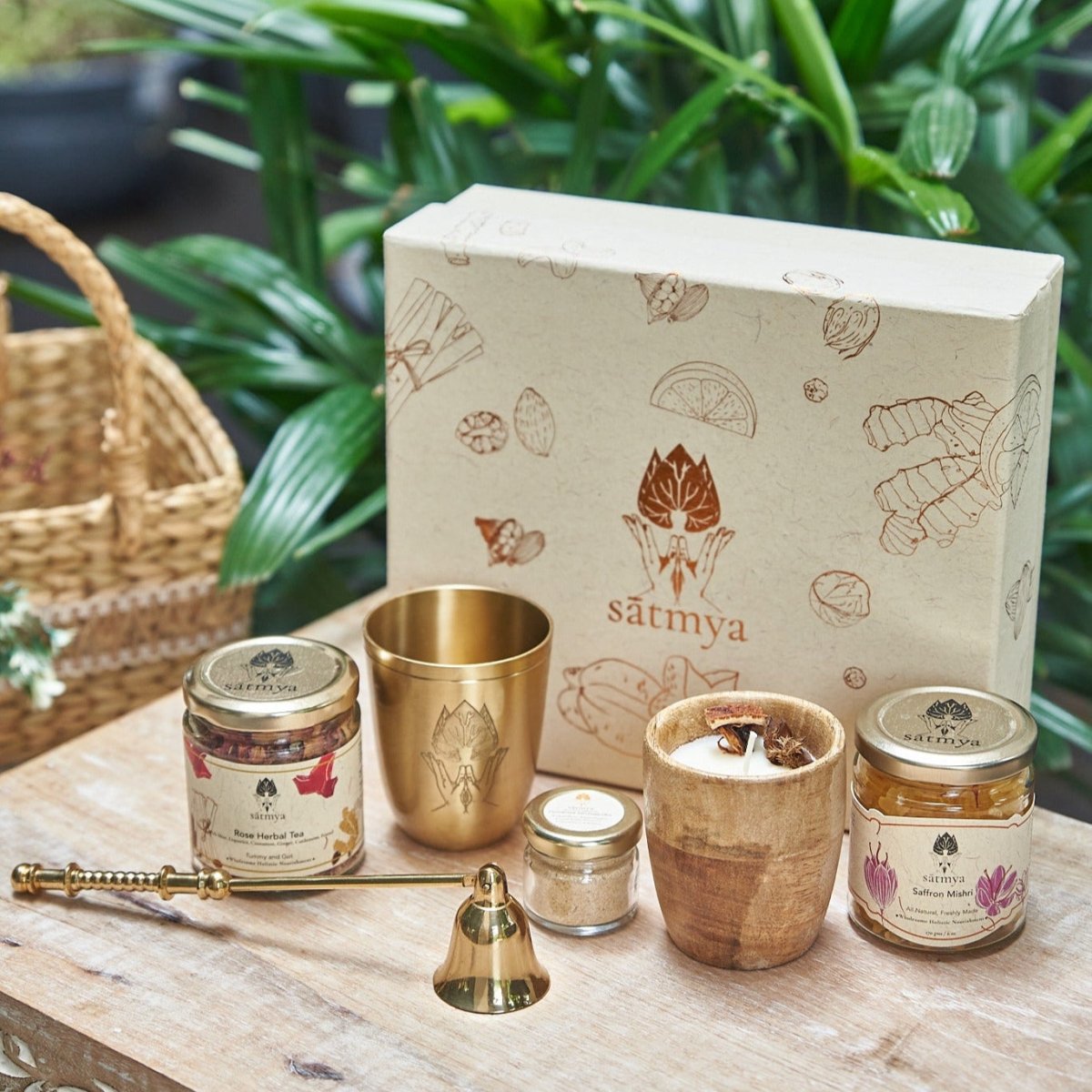
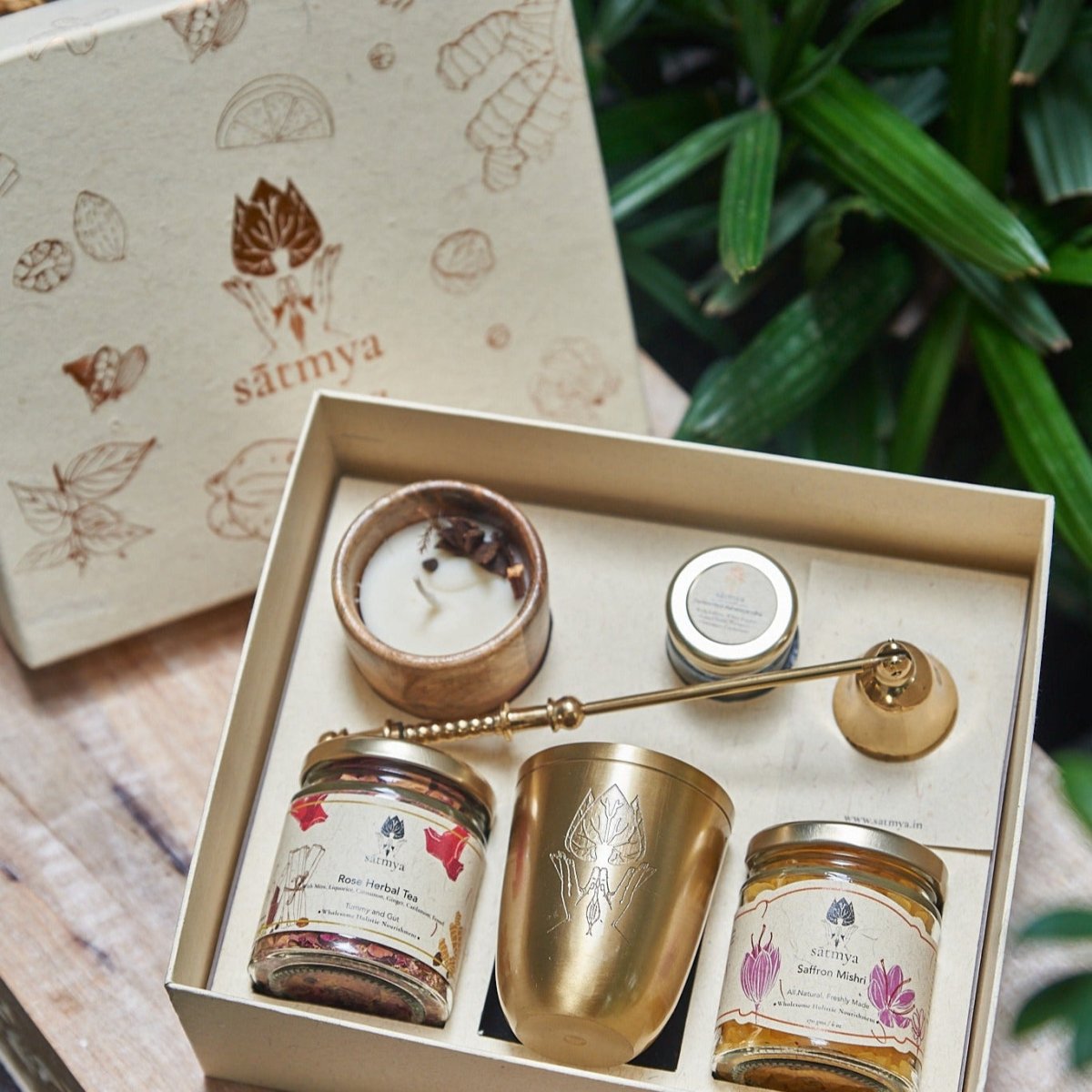
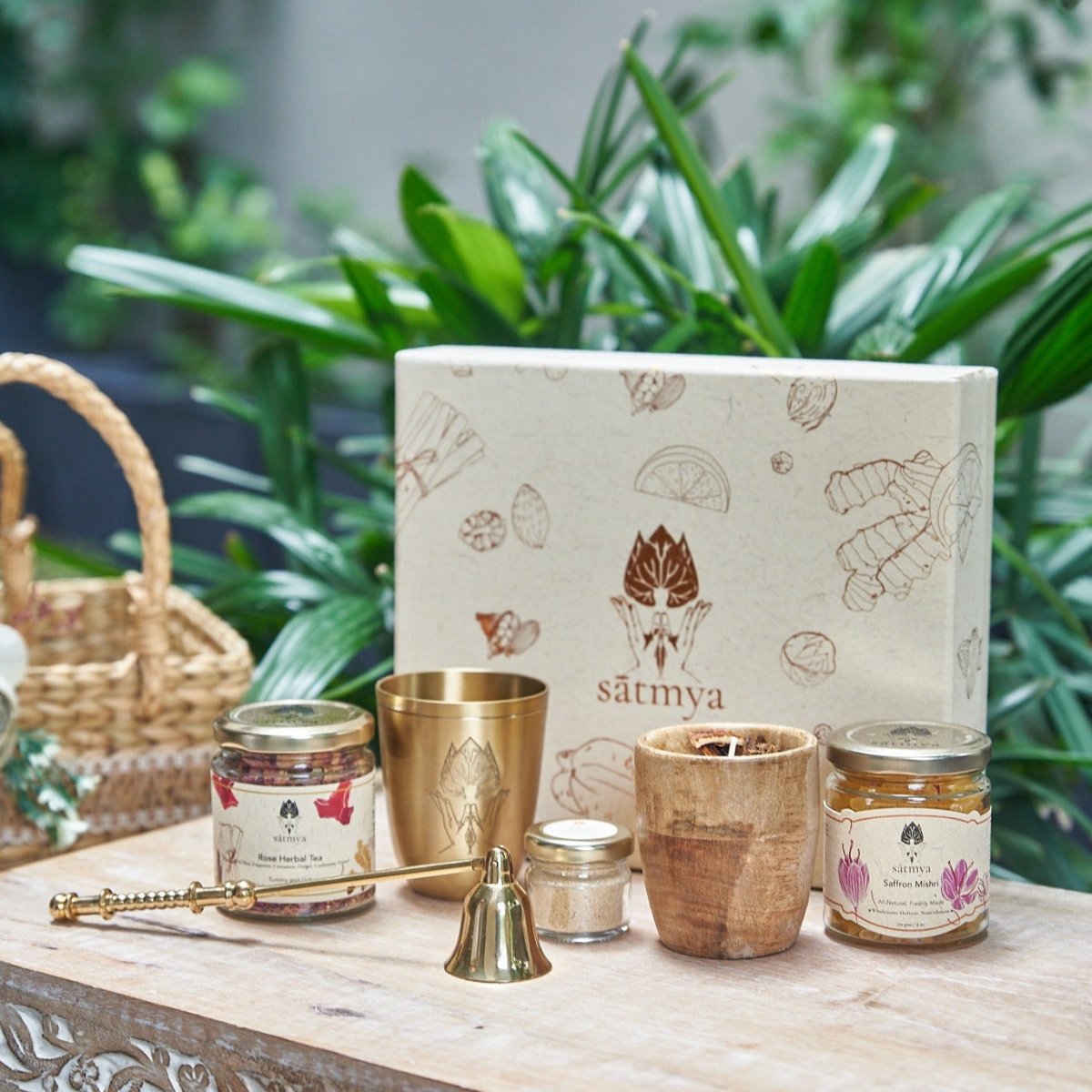
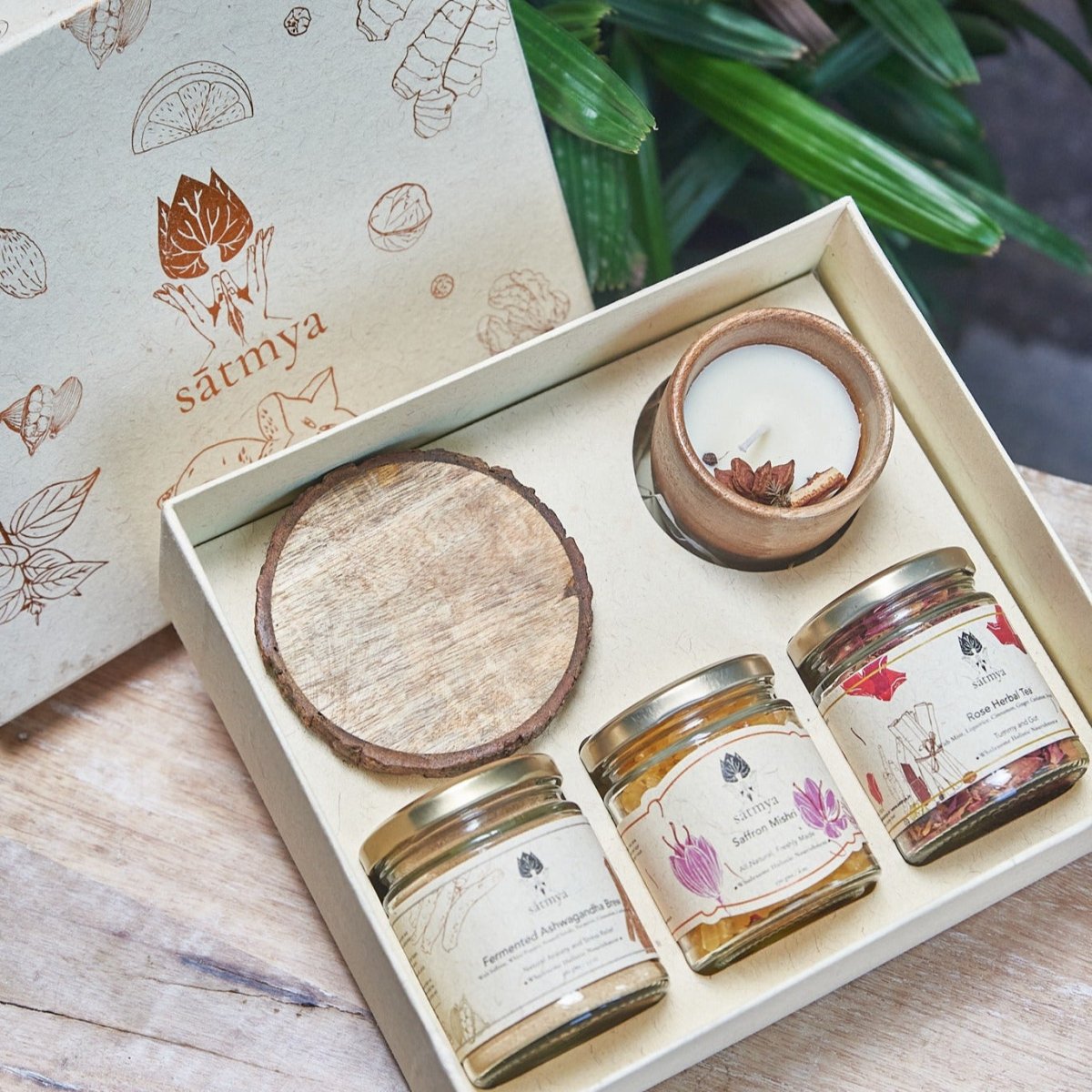
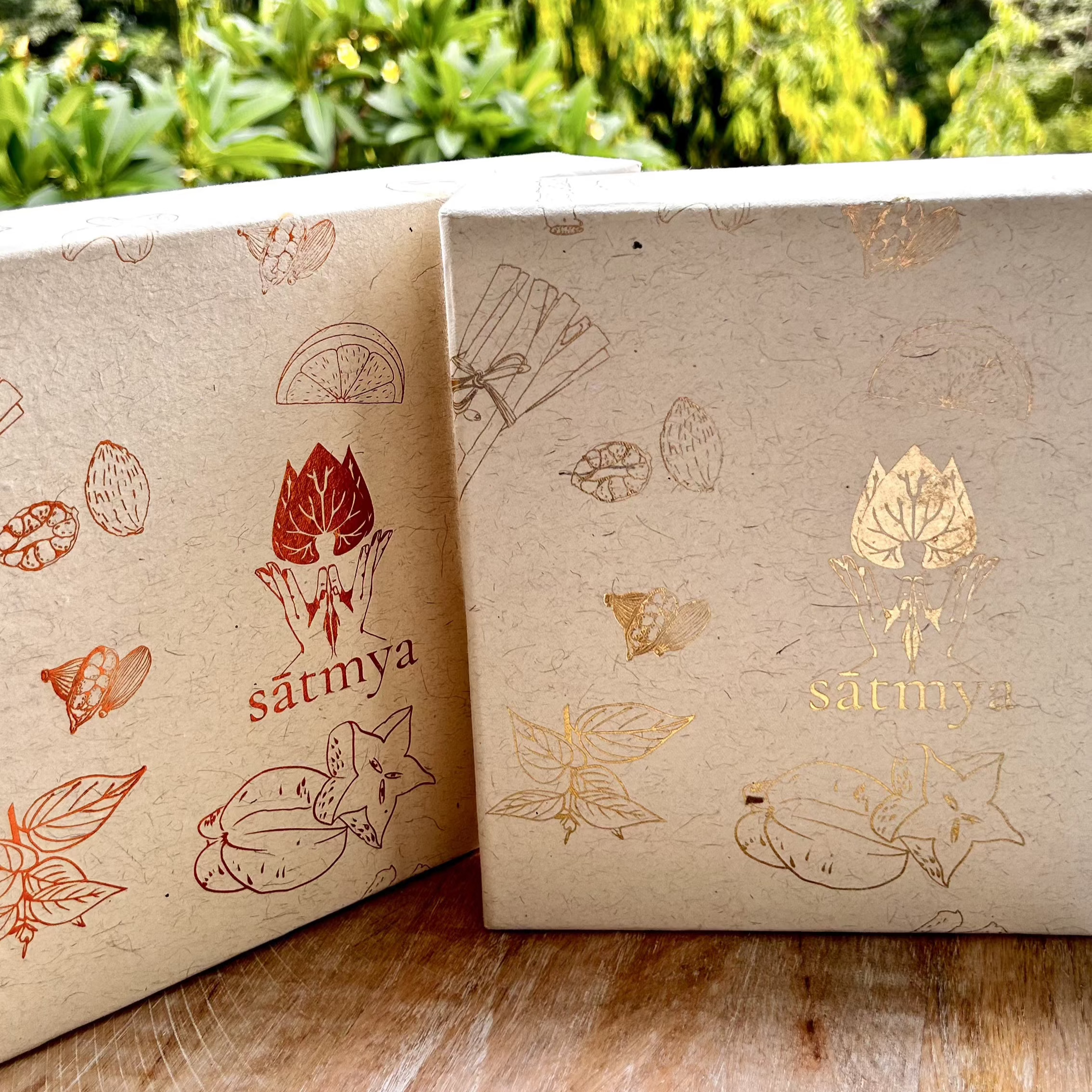
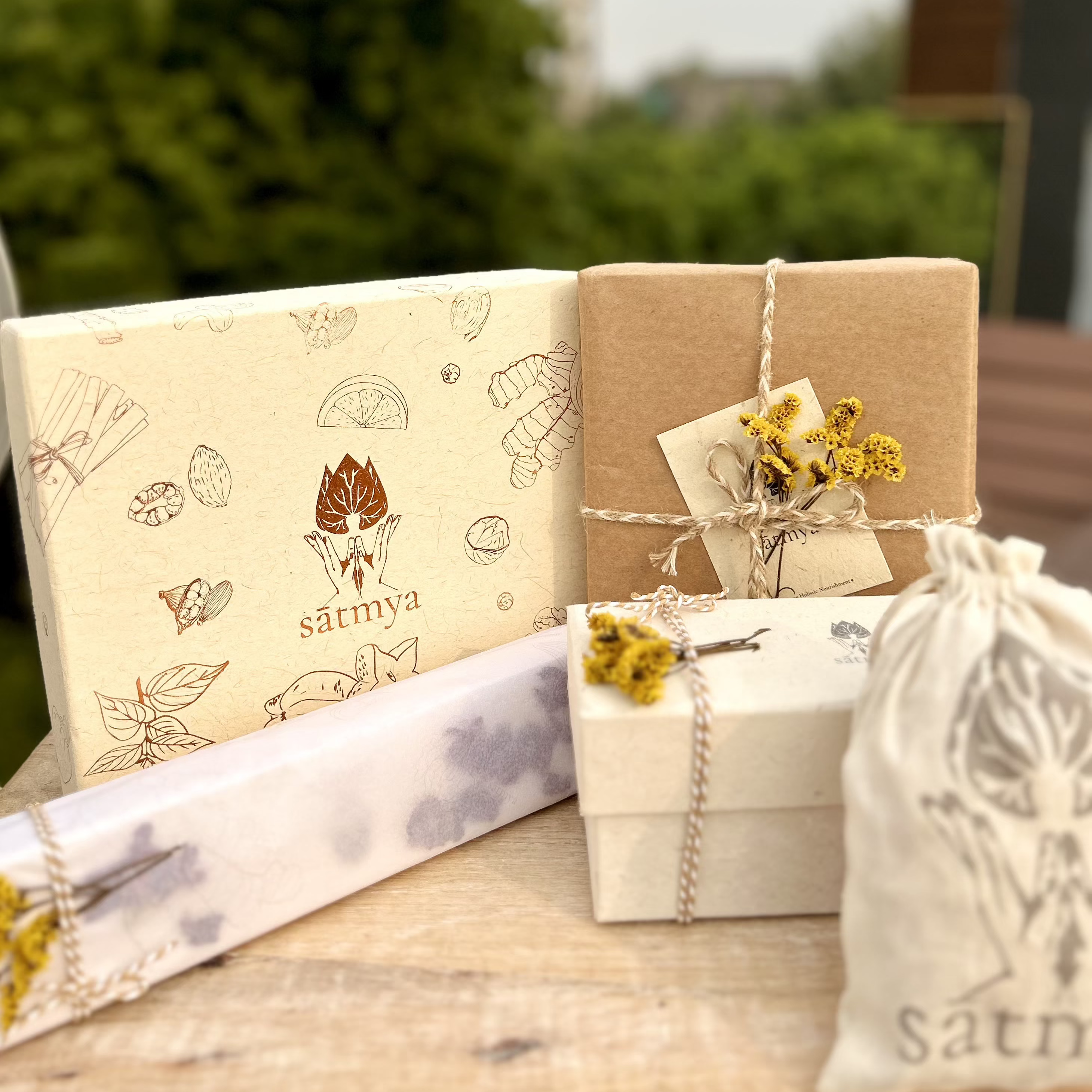
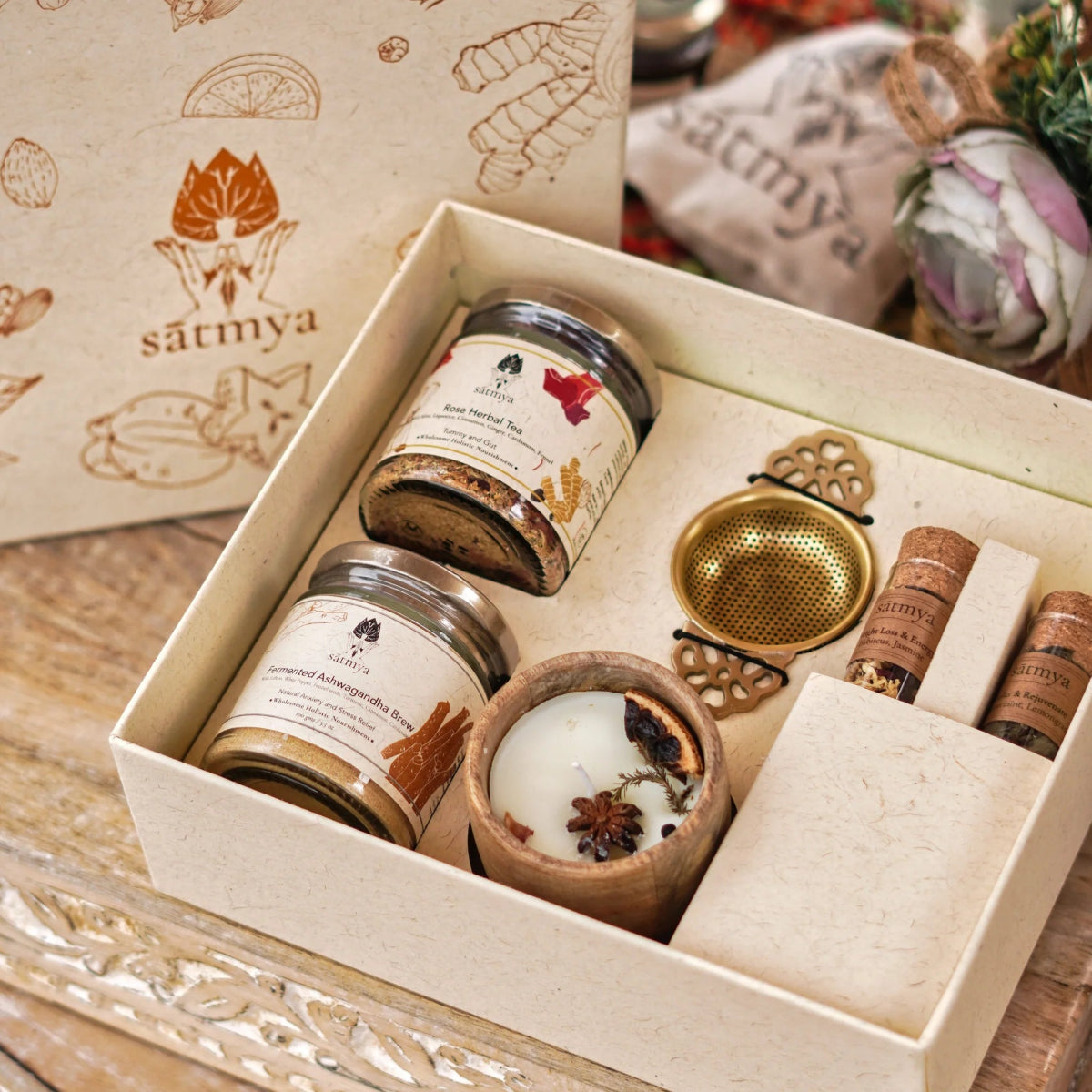
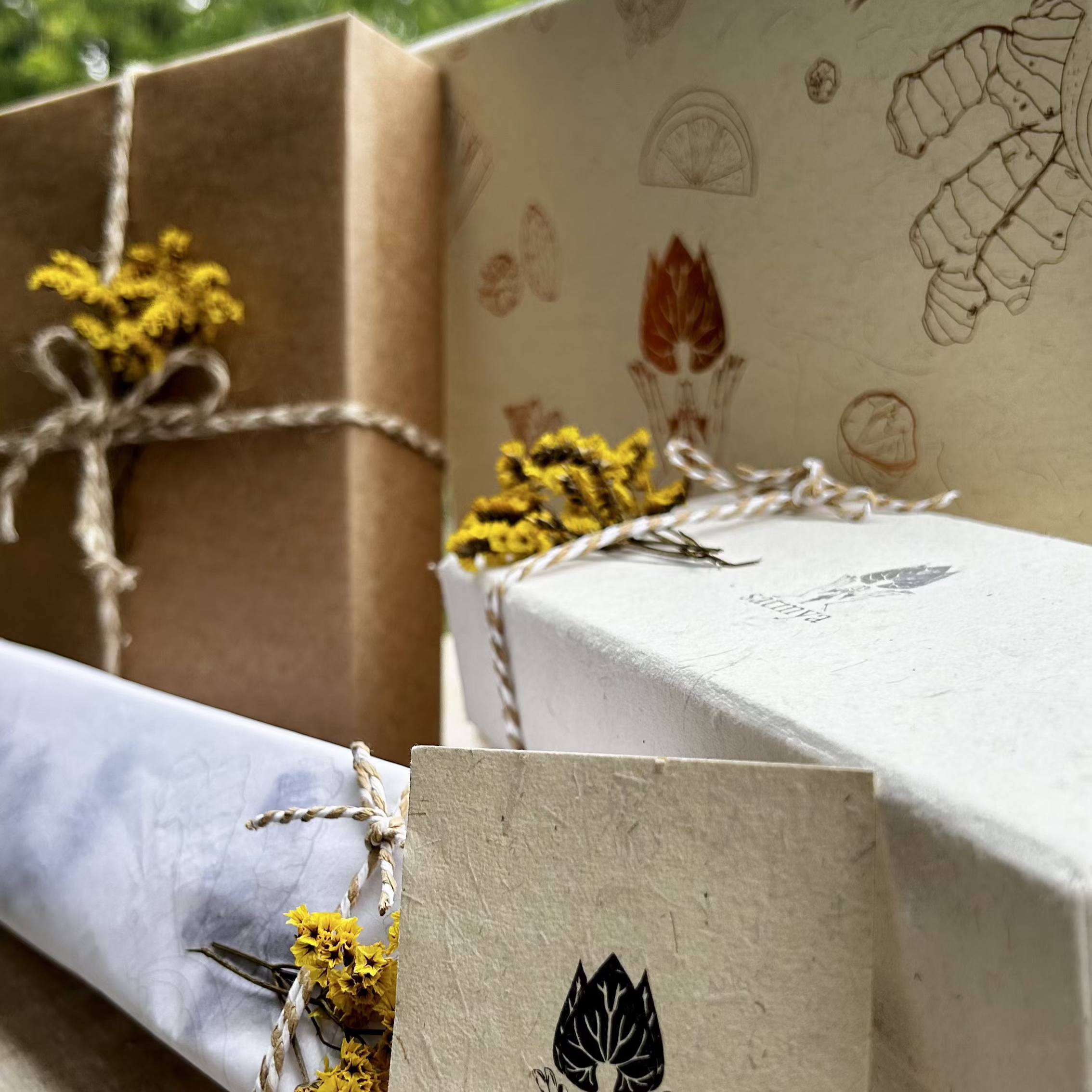
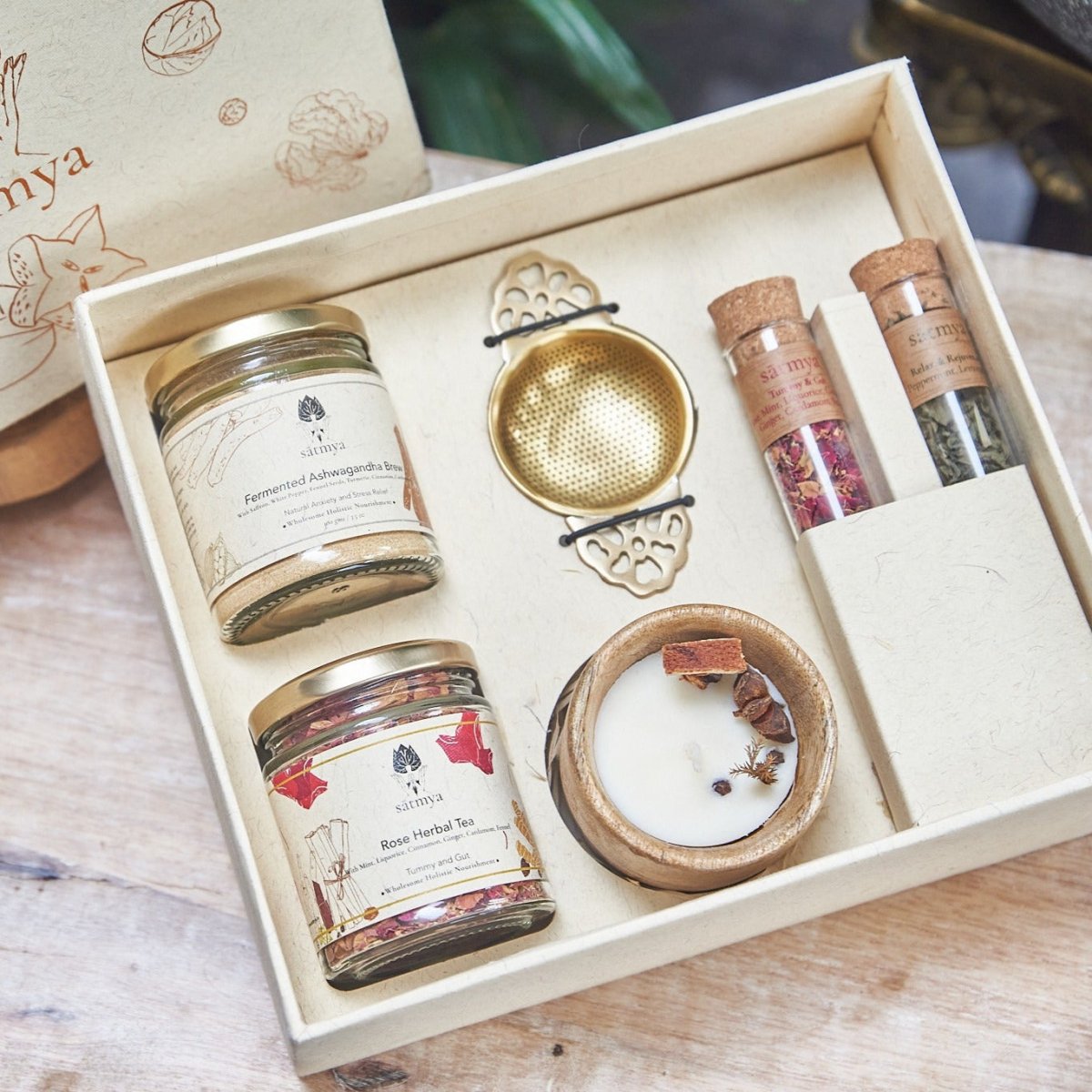
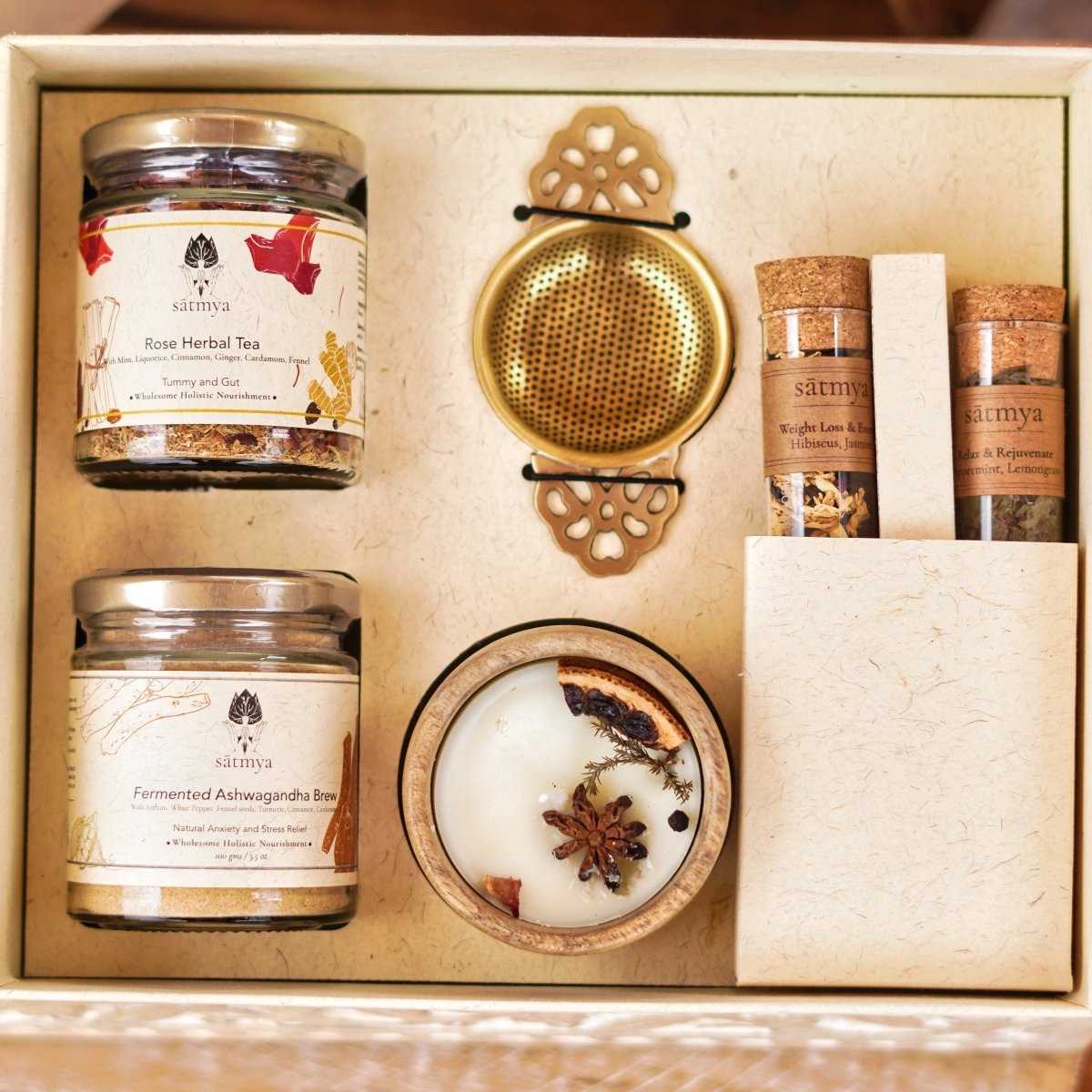
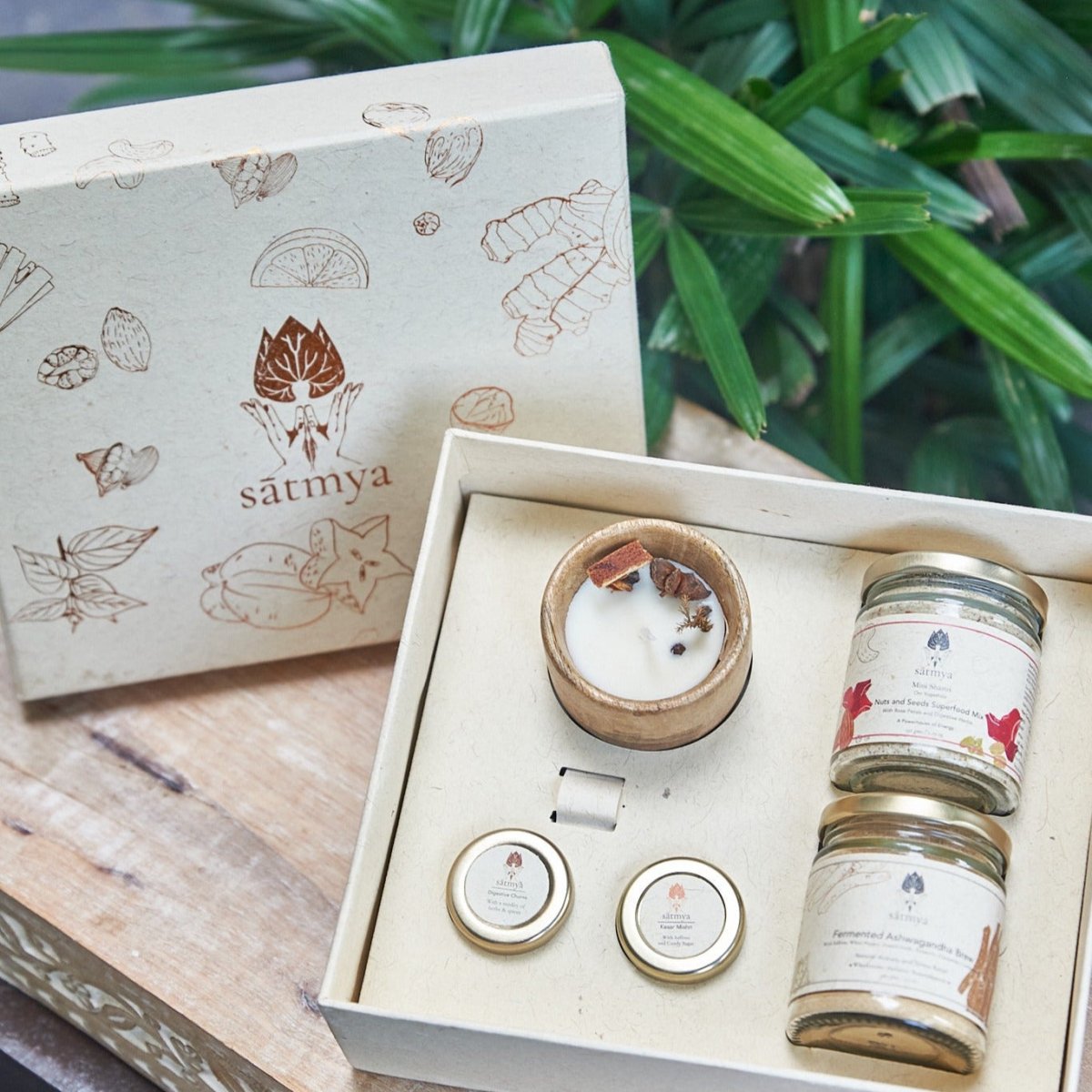
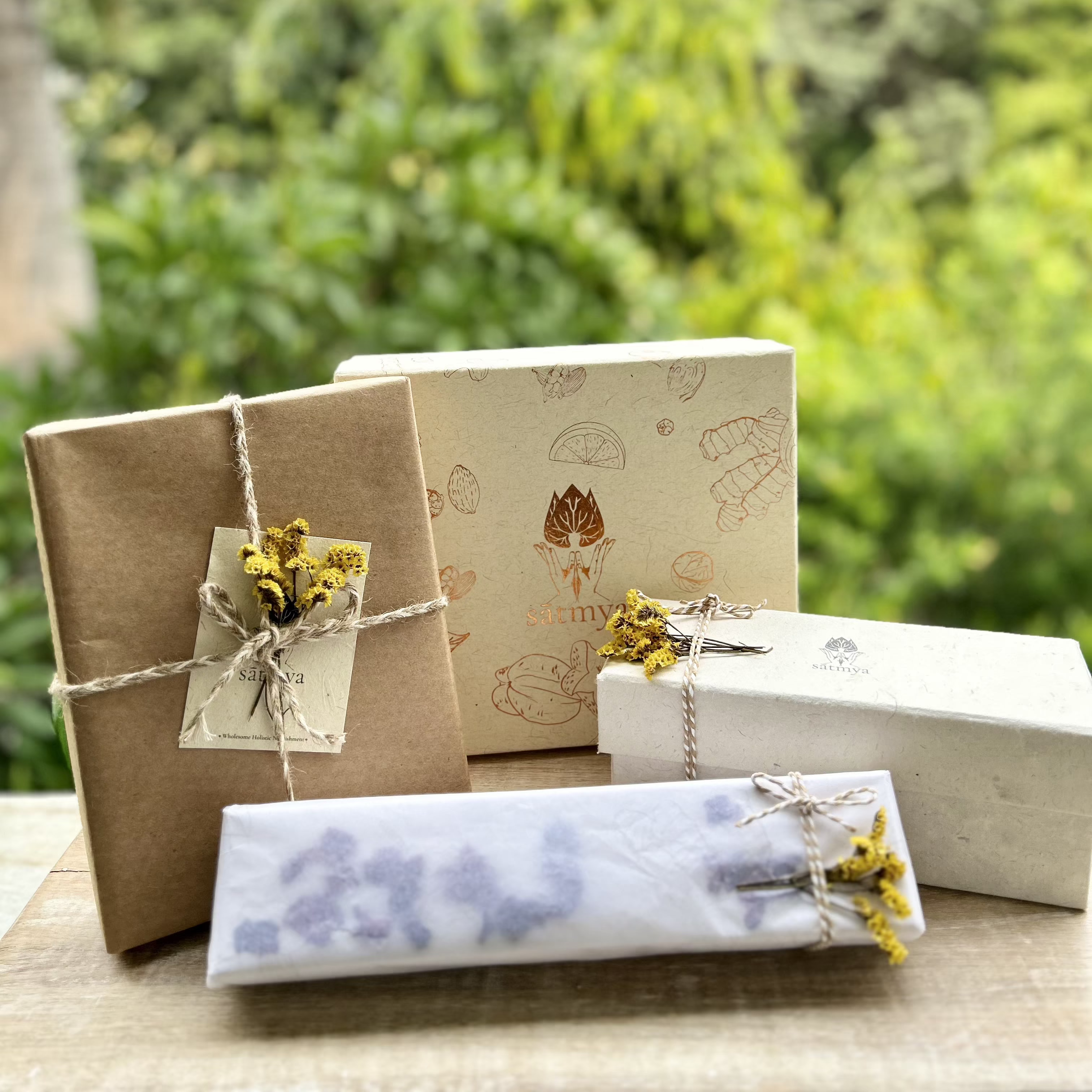
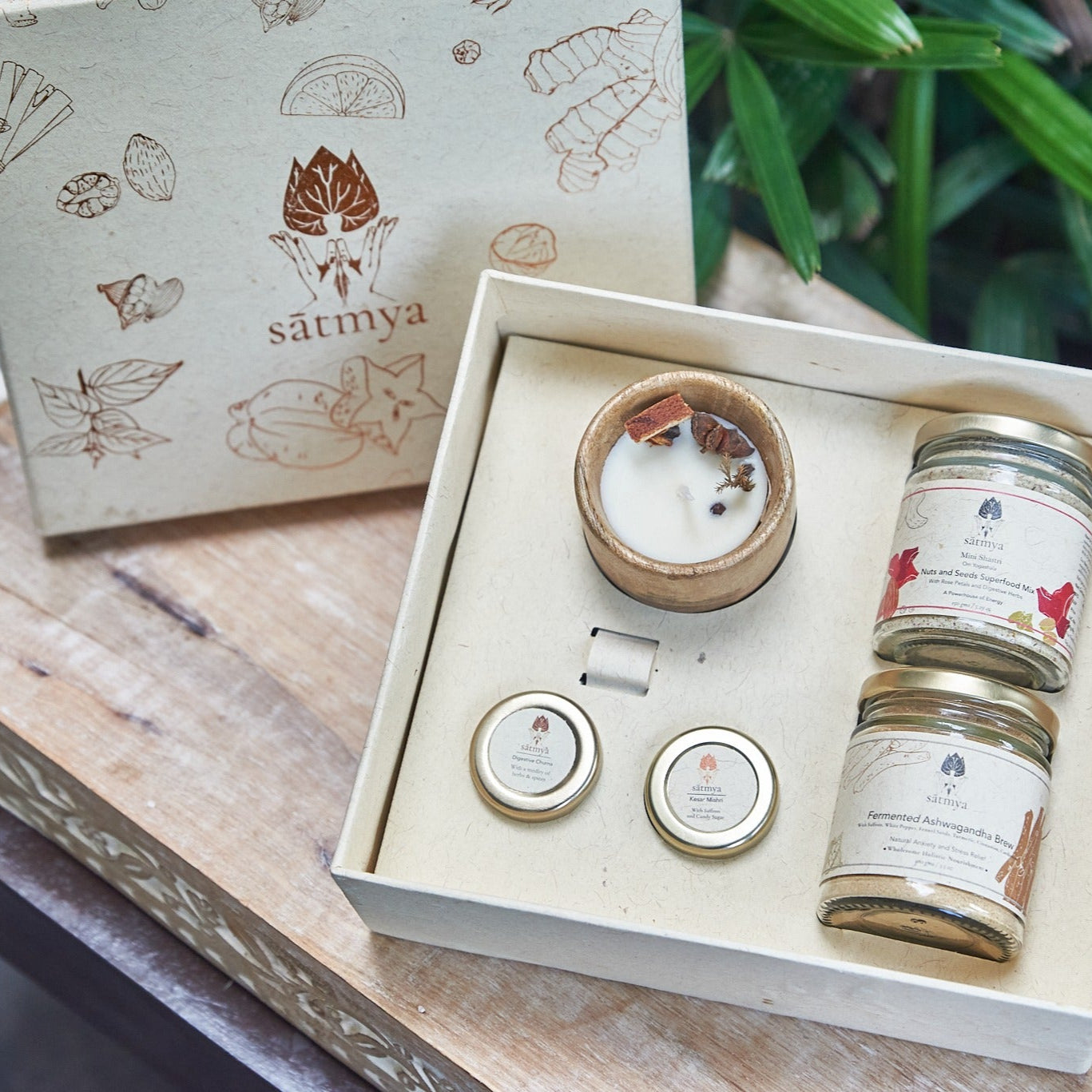
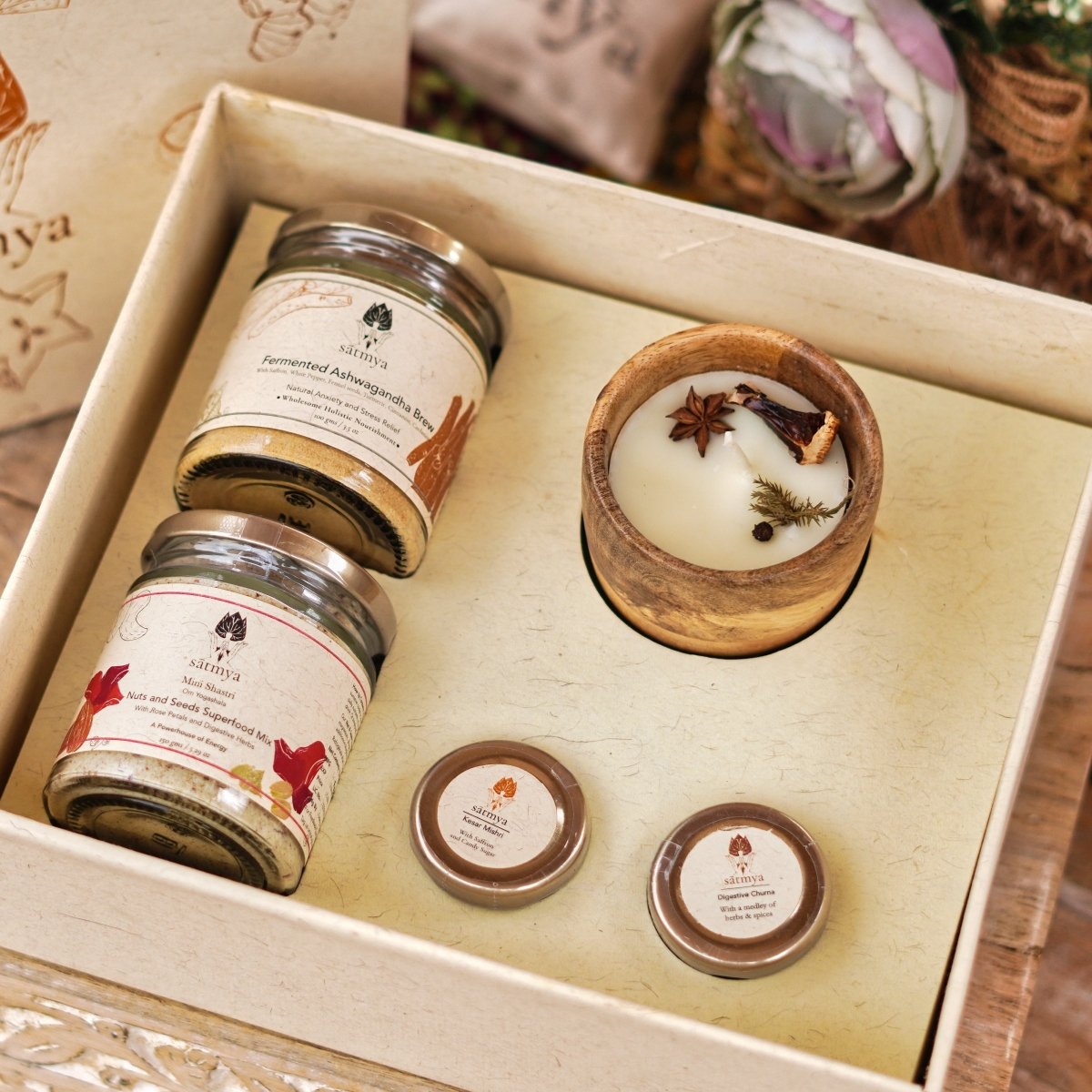
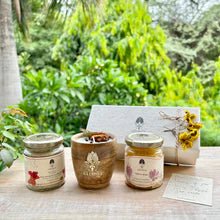
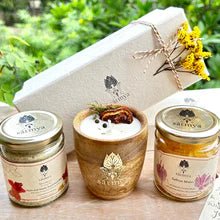
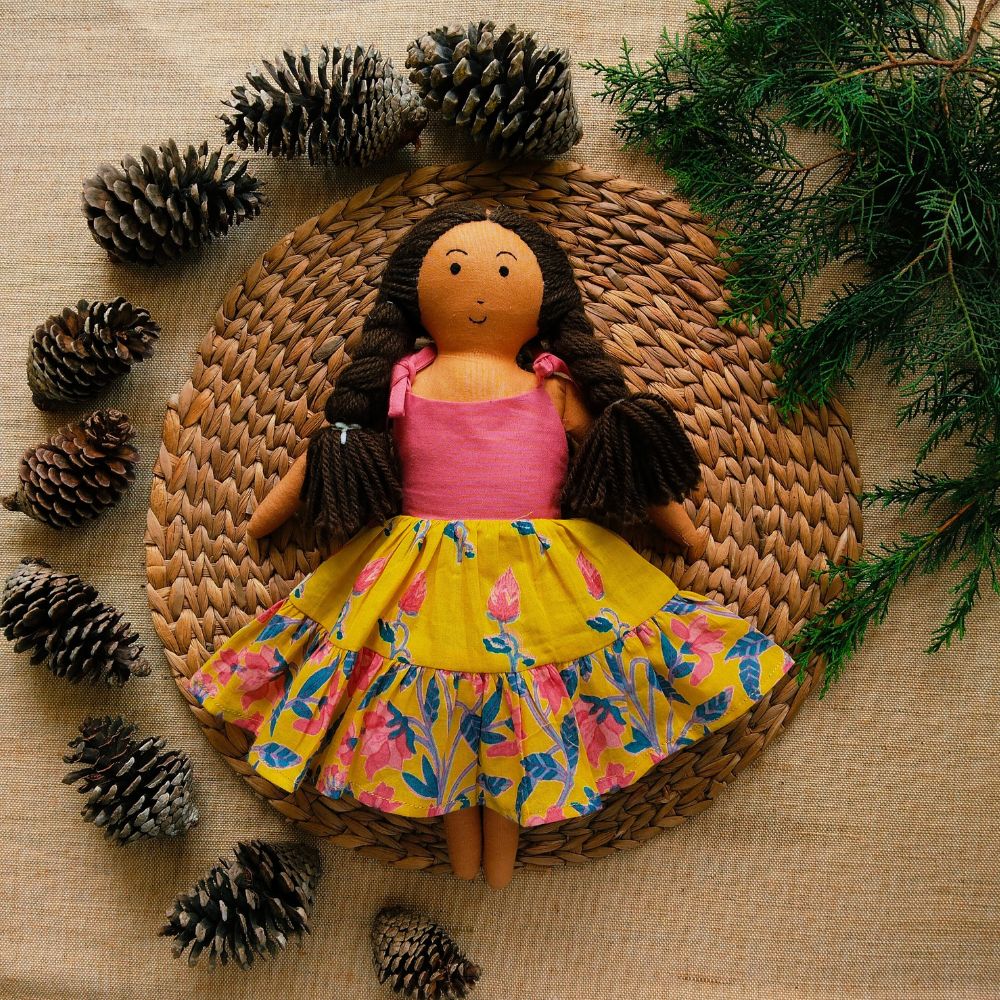
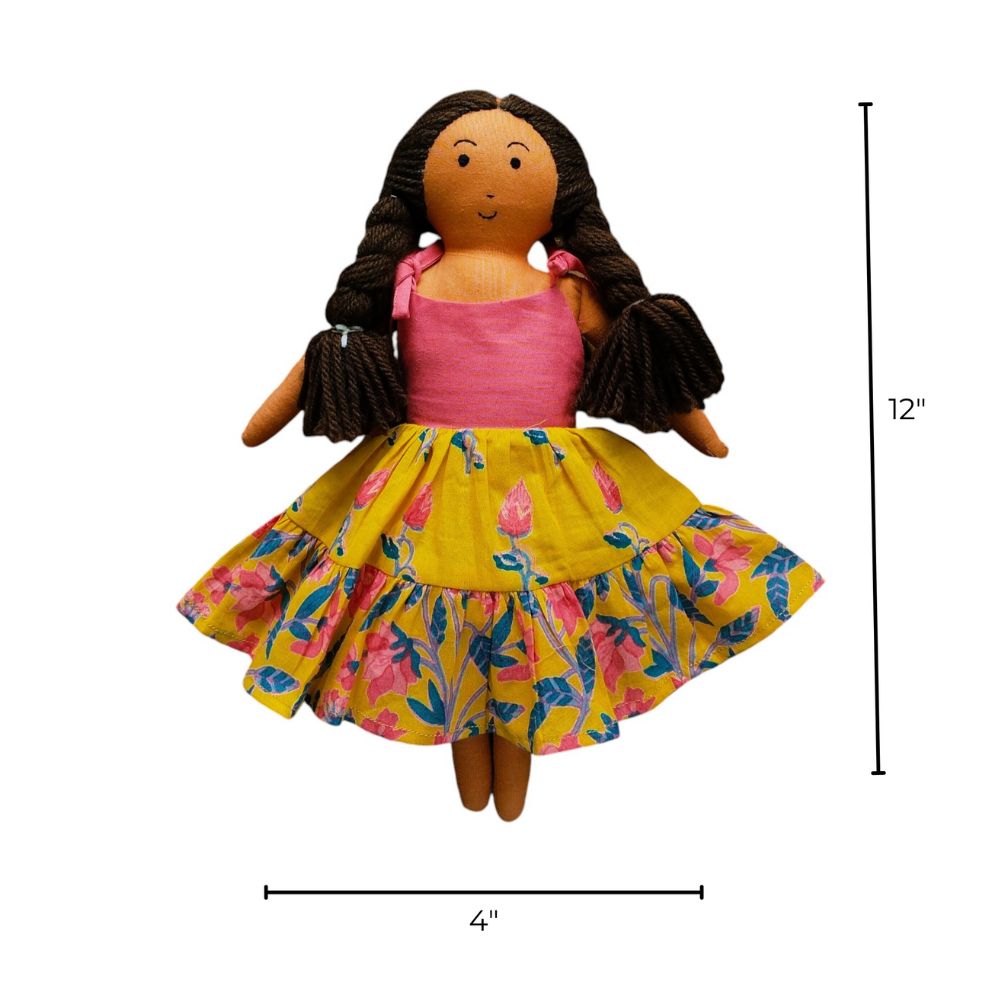
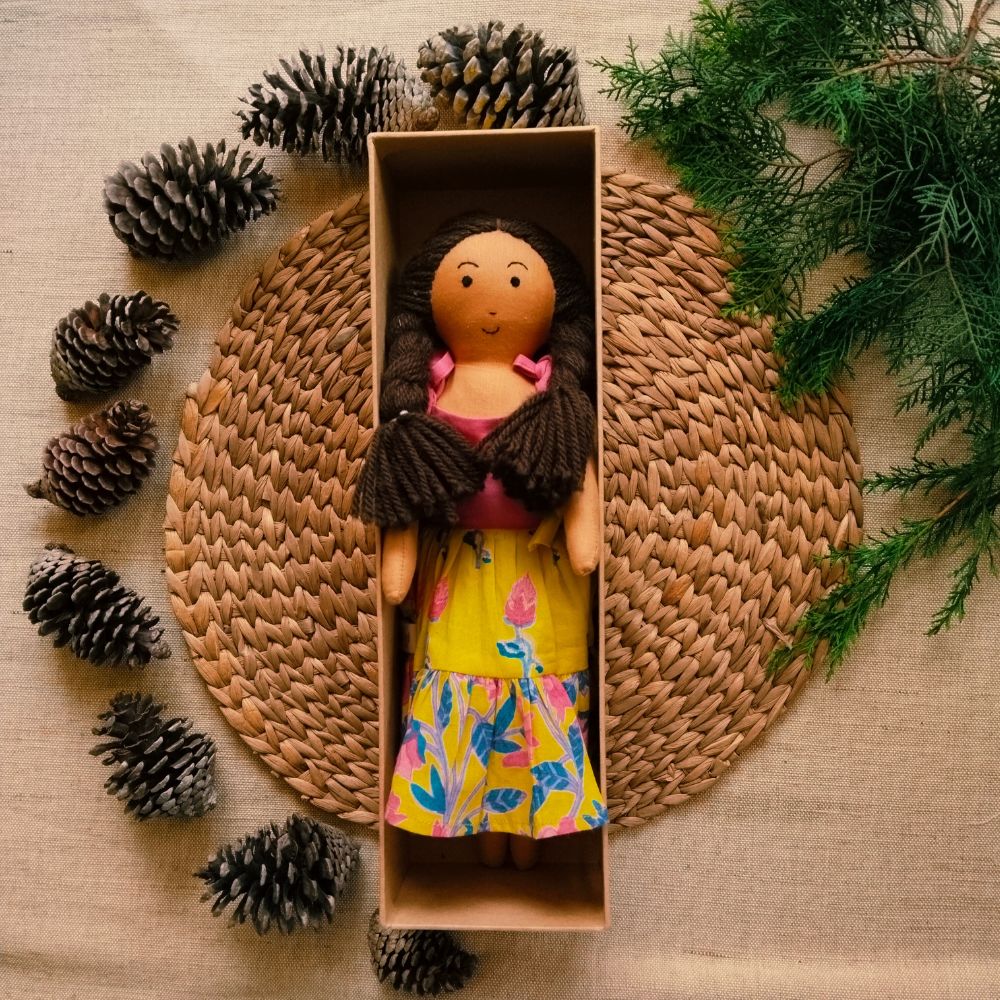
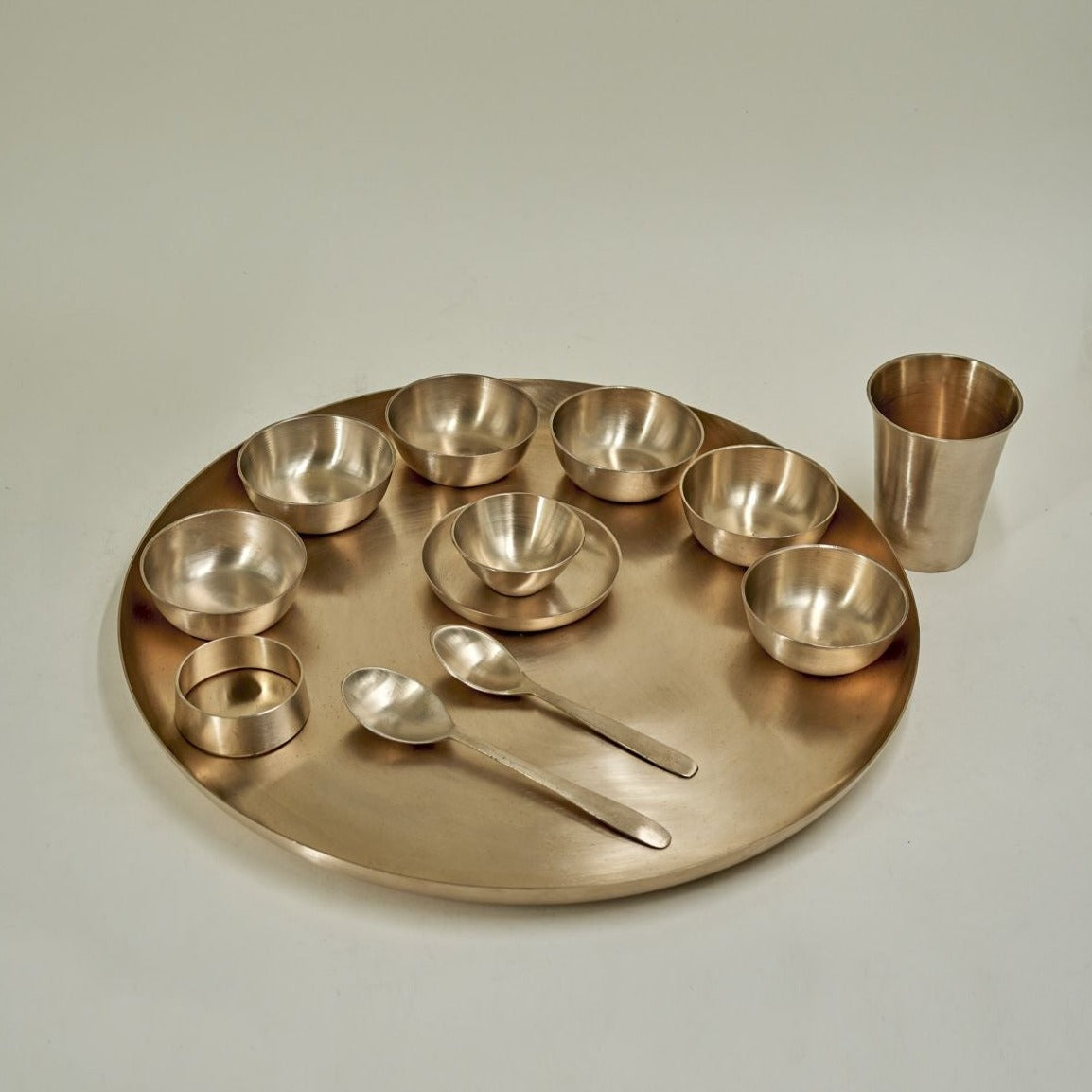
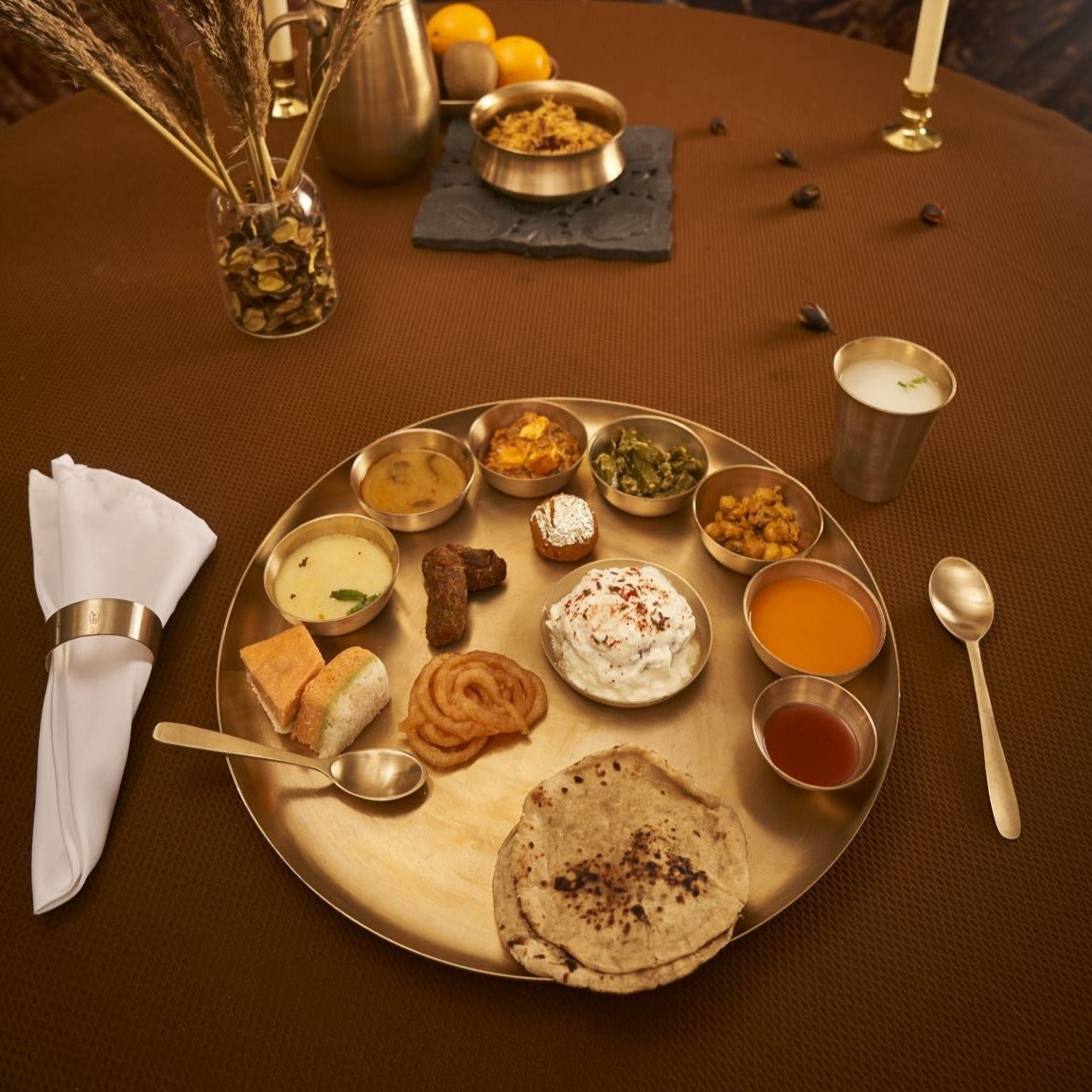
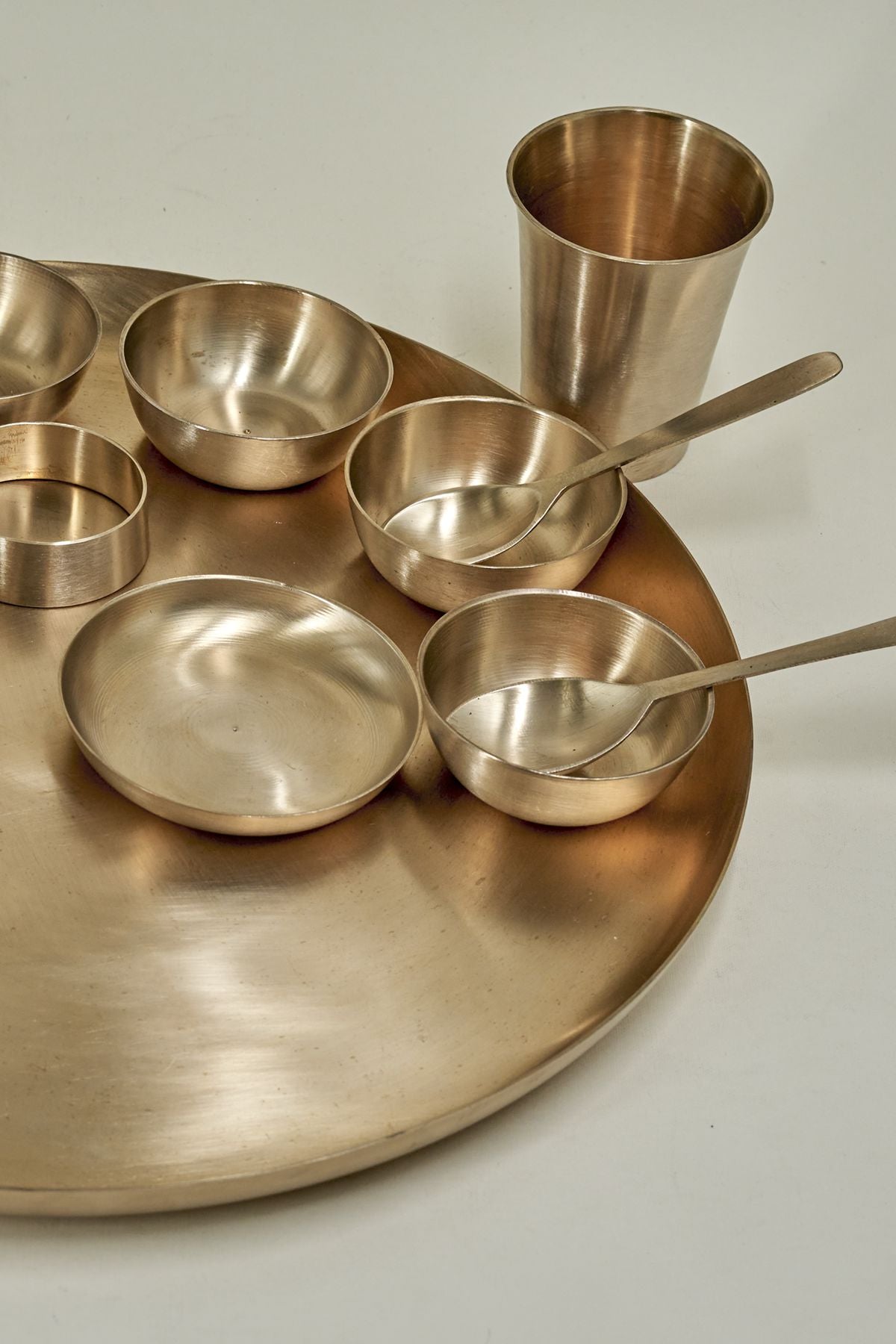
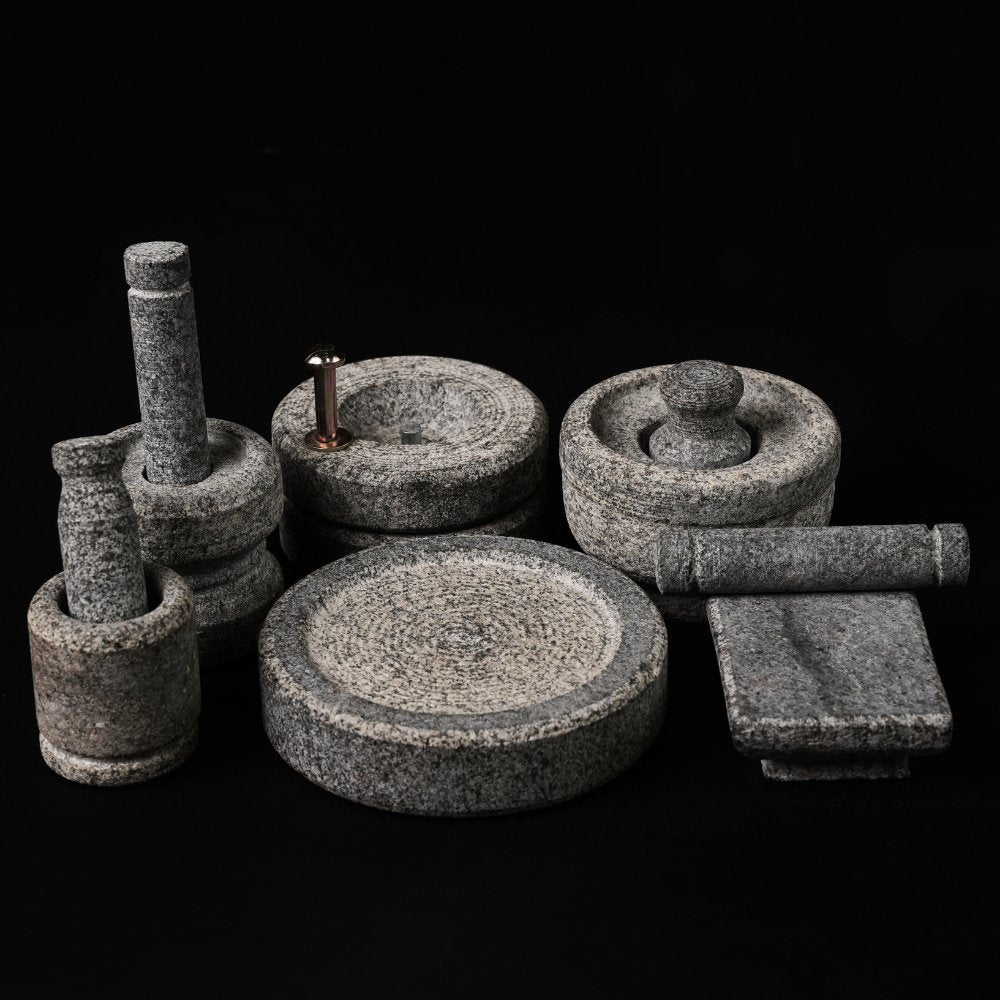




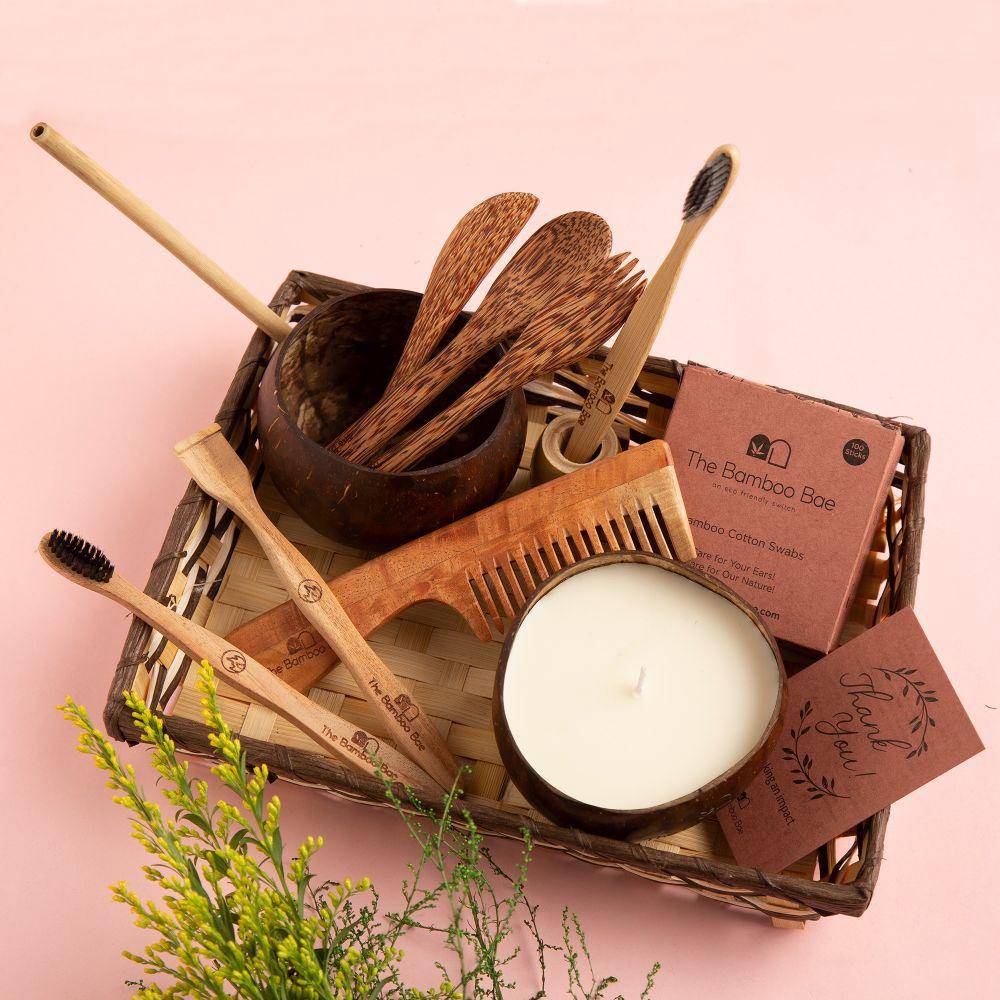
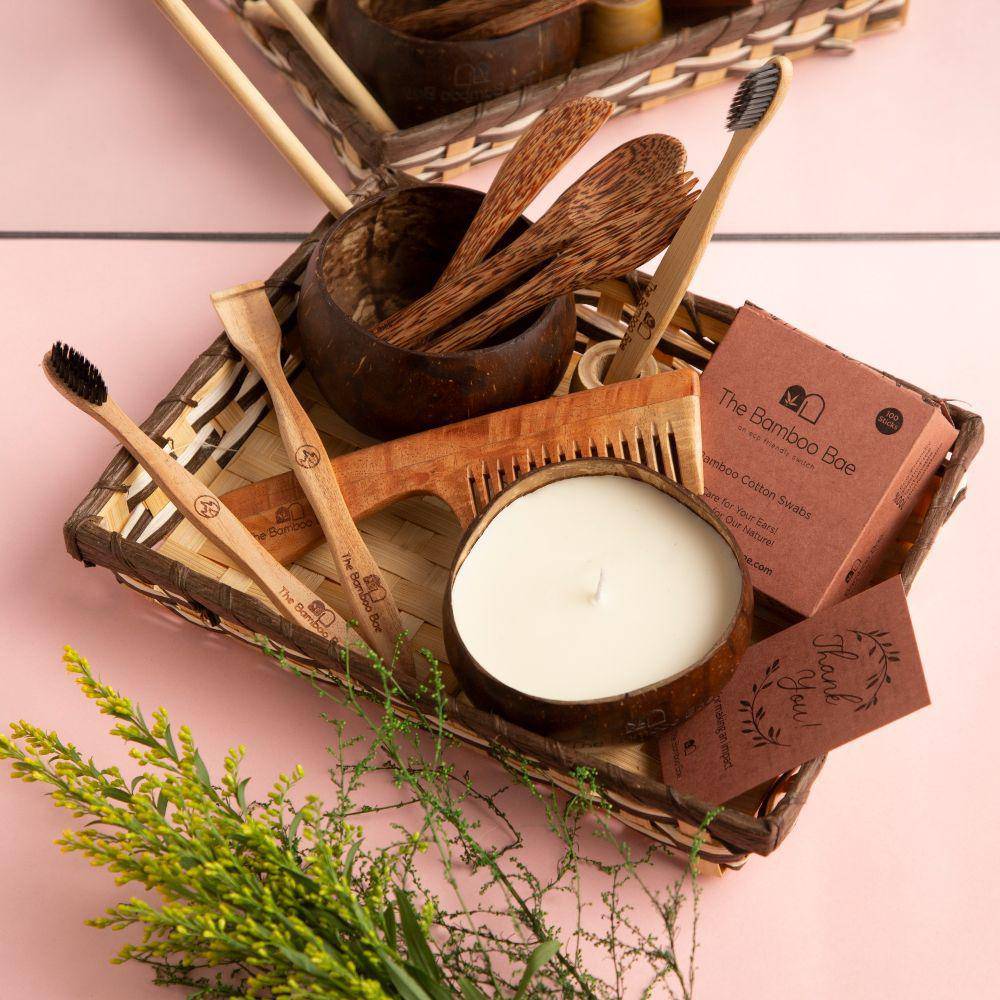
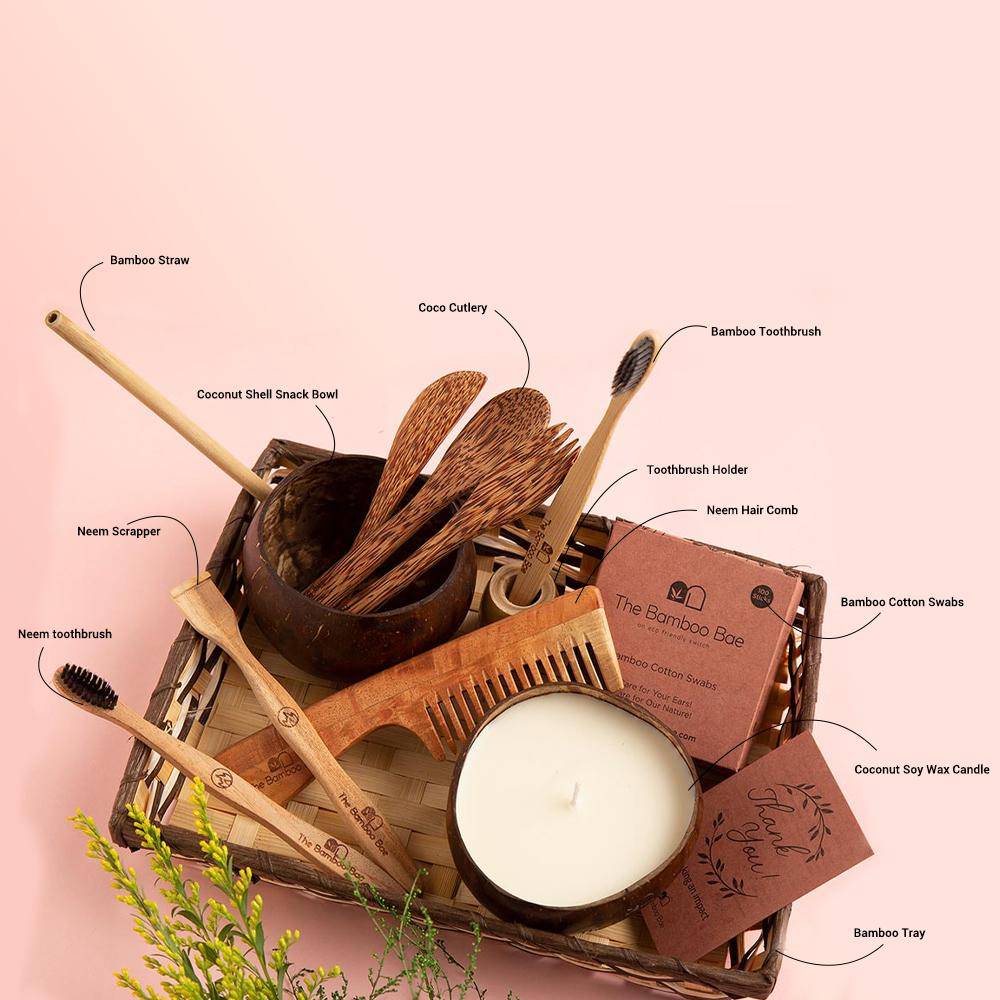
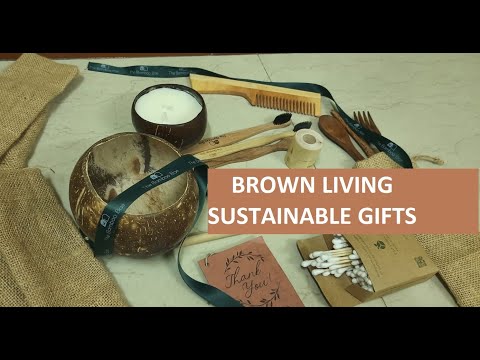
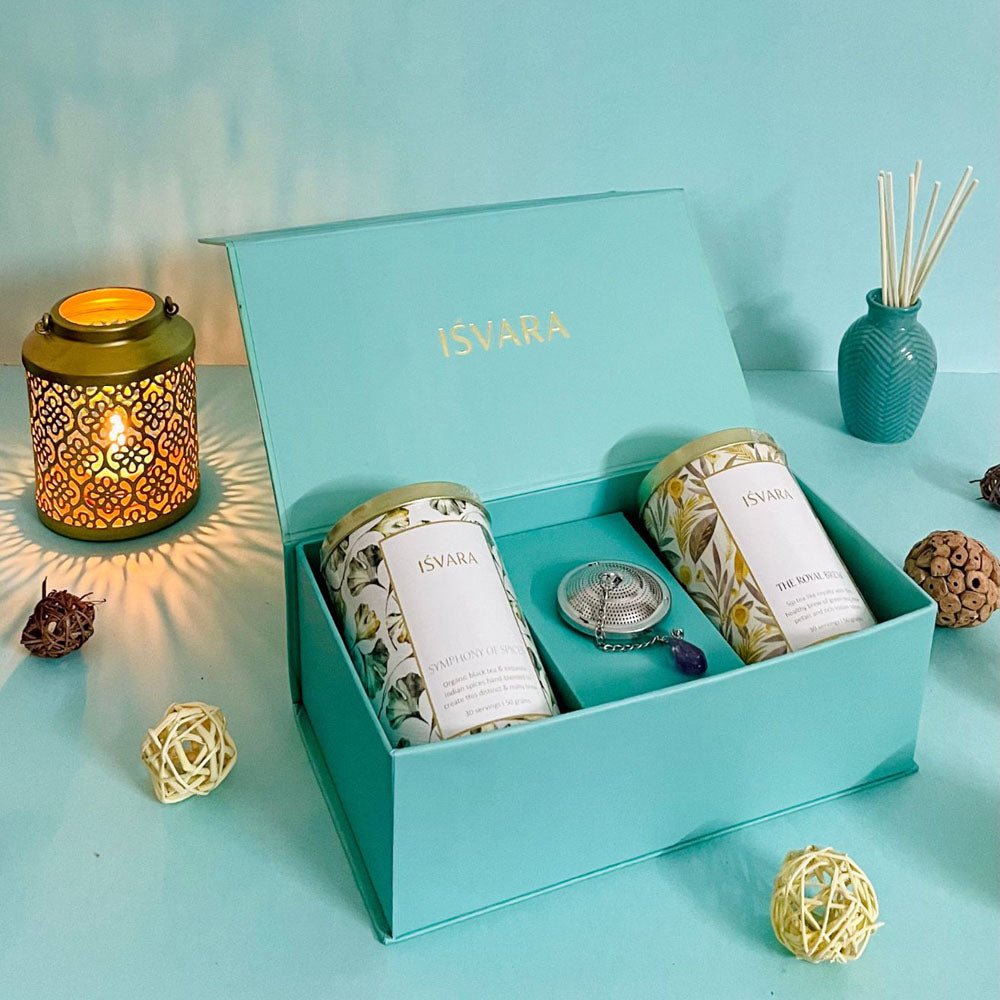
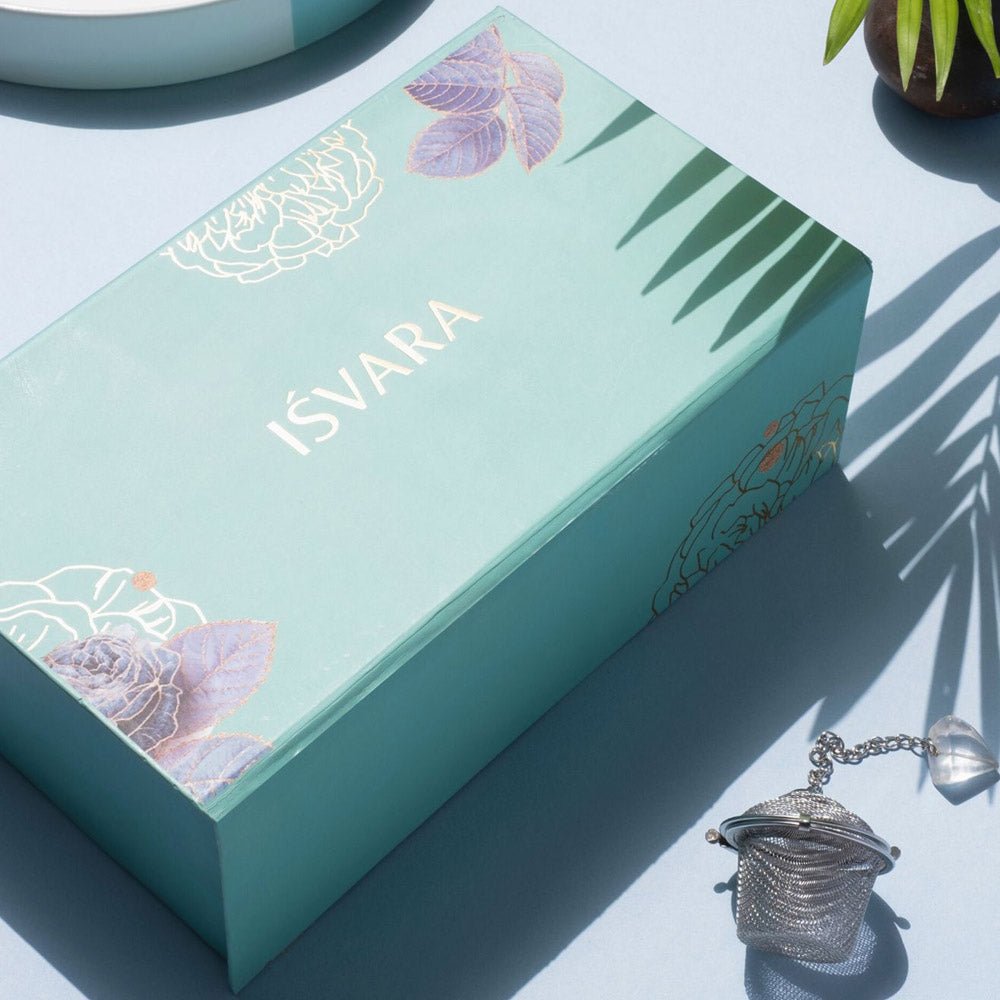
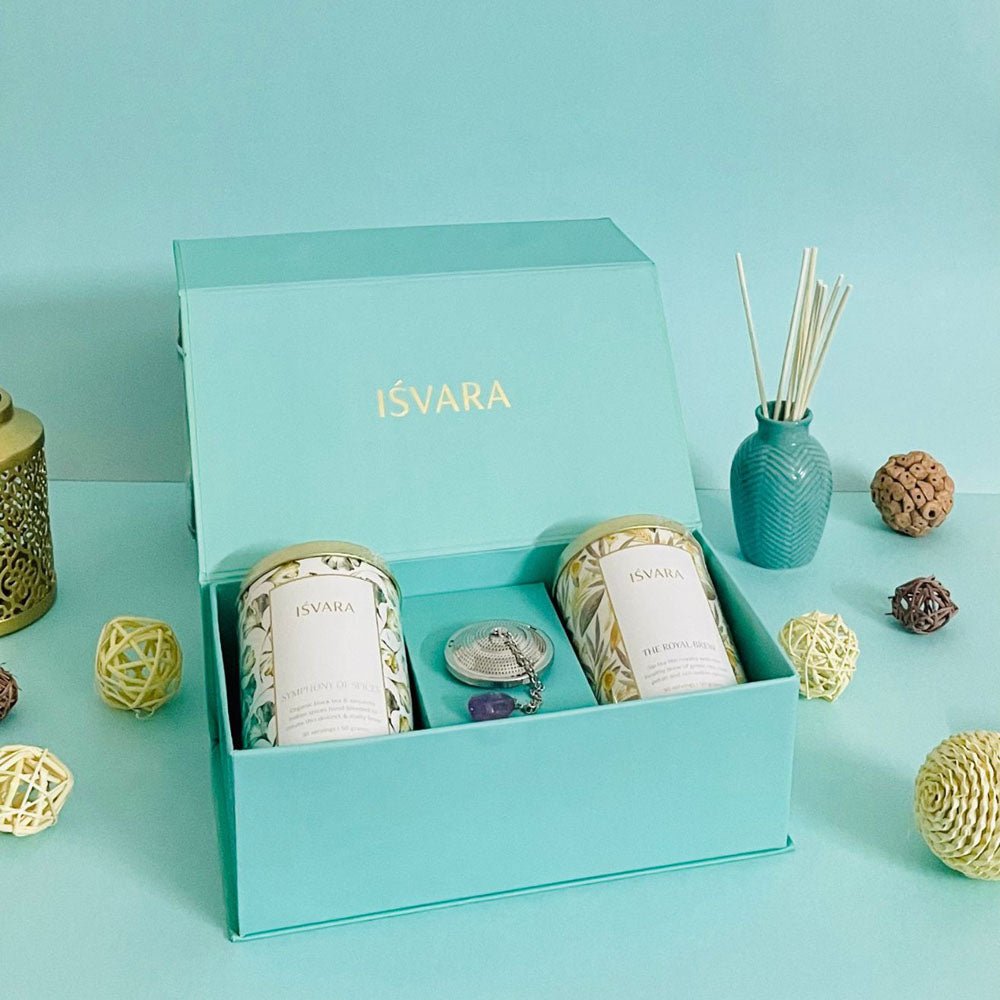
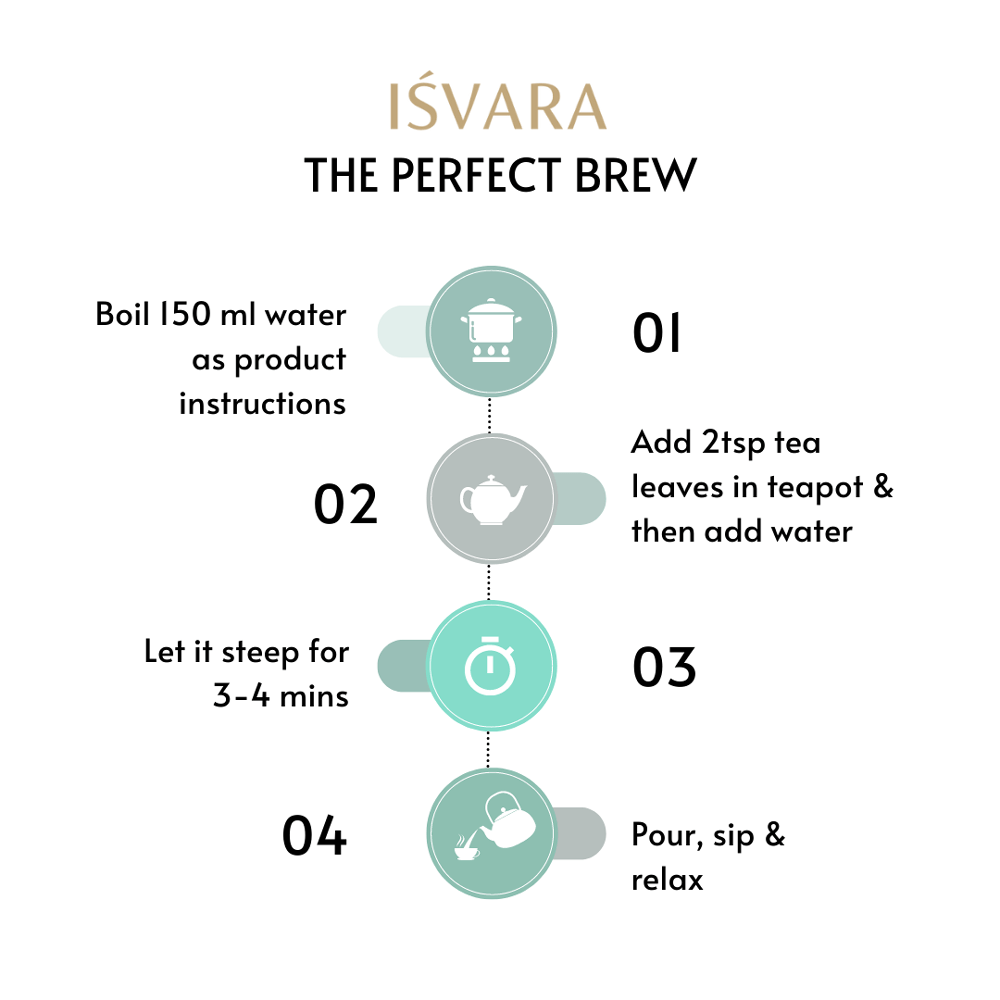
Share:
Understanding ESG Investing
Sustainable Hobbies That Don’t Cost the Earth, Literally!